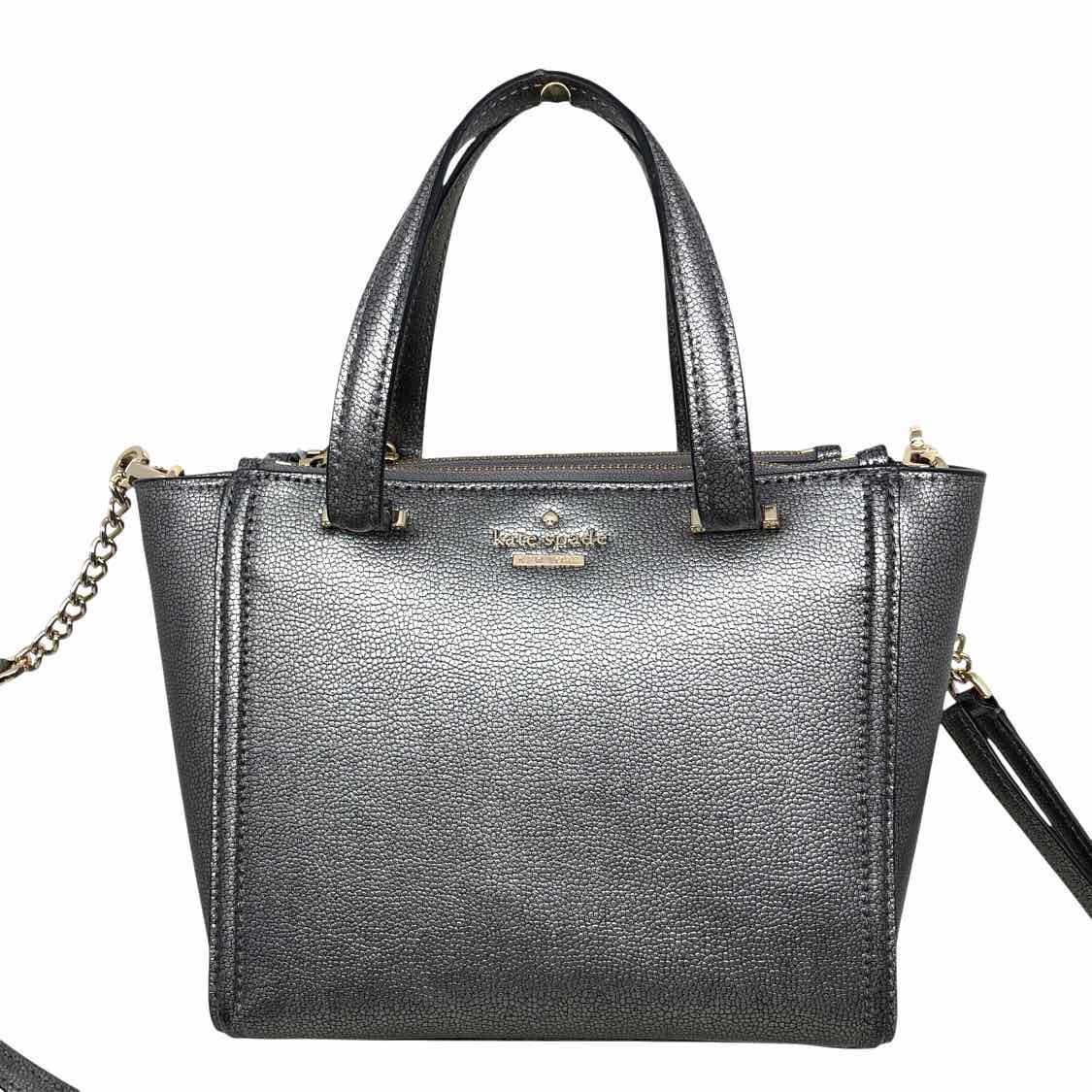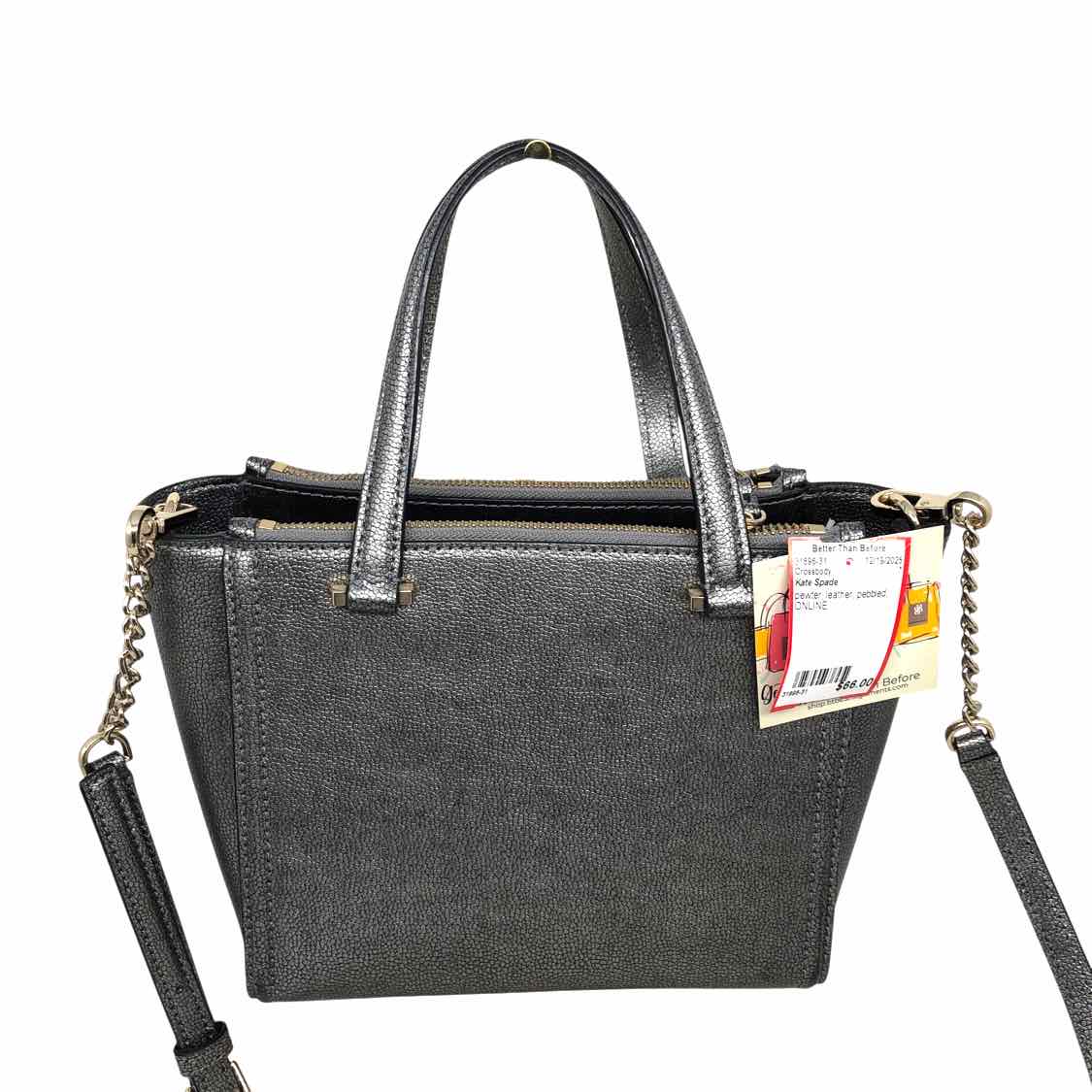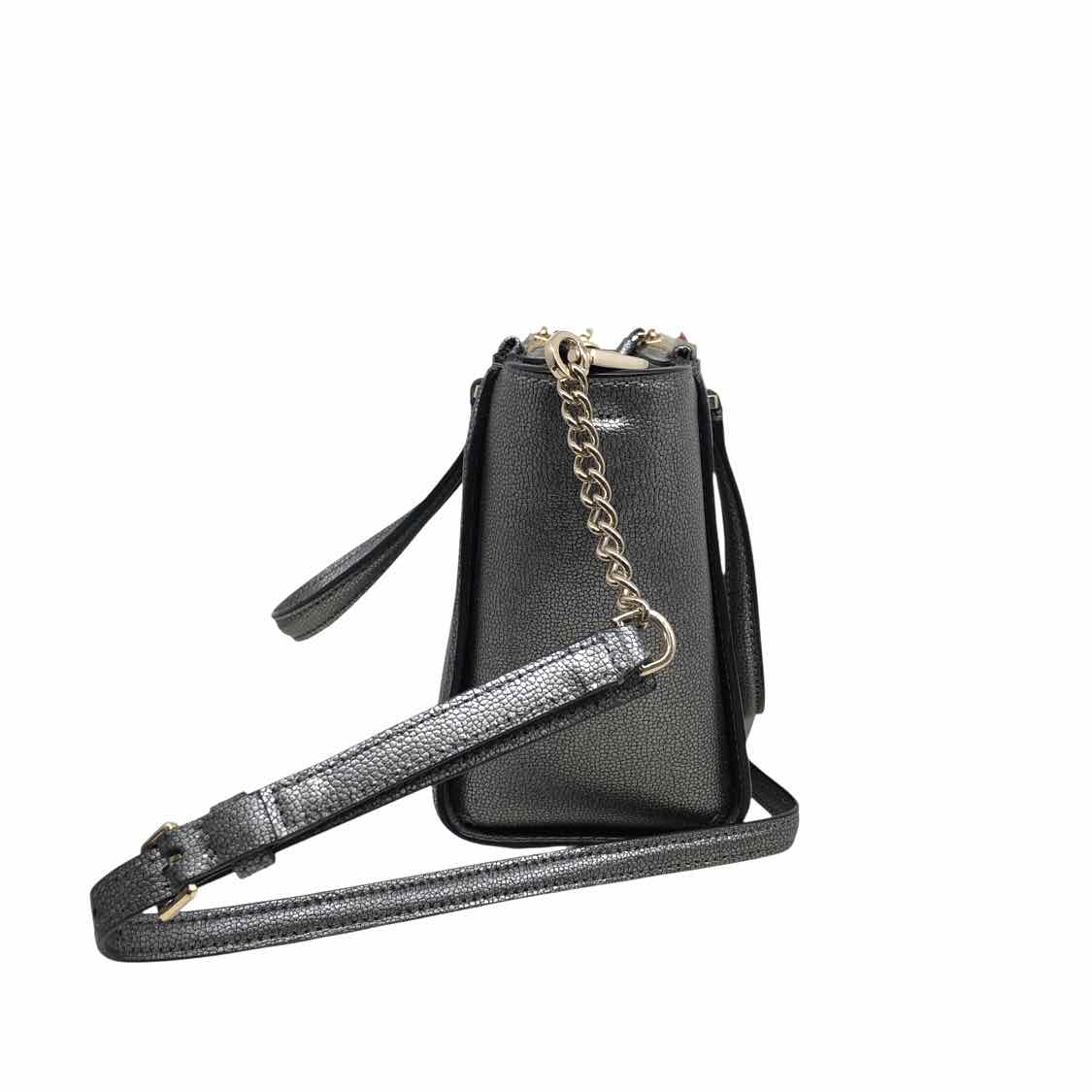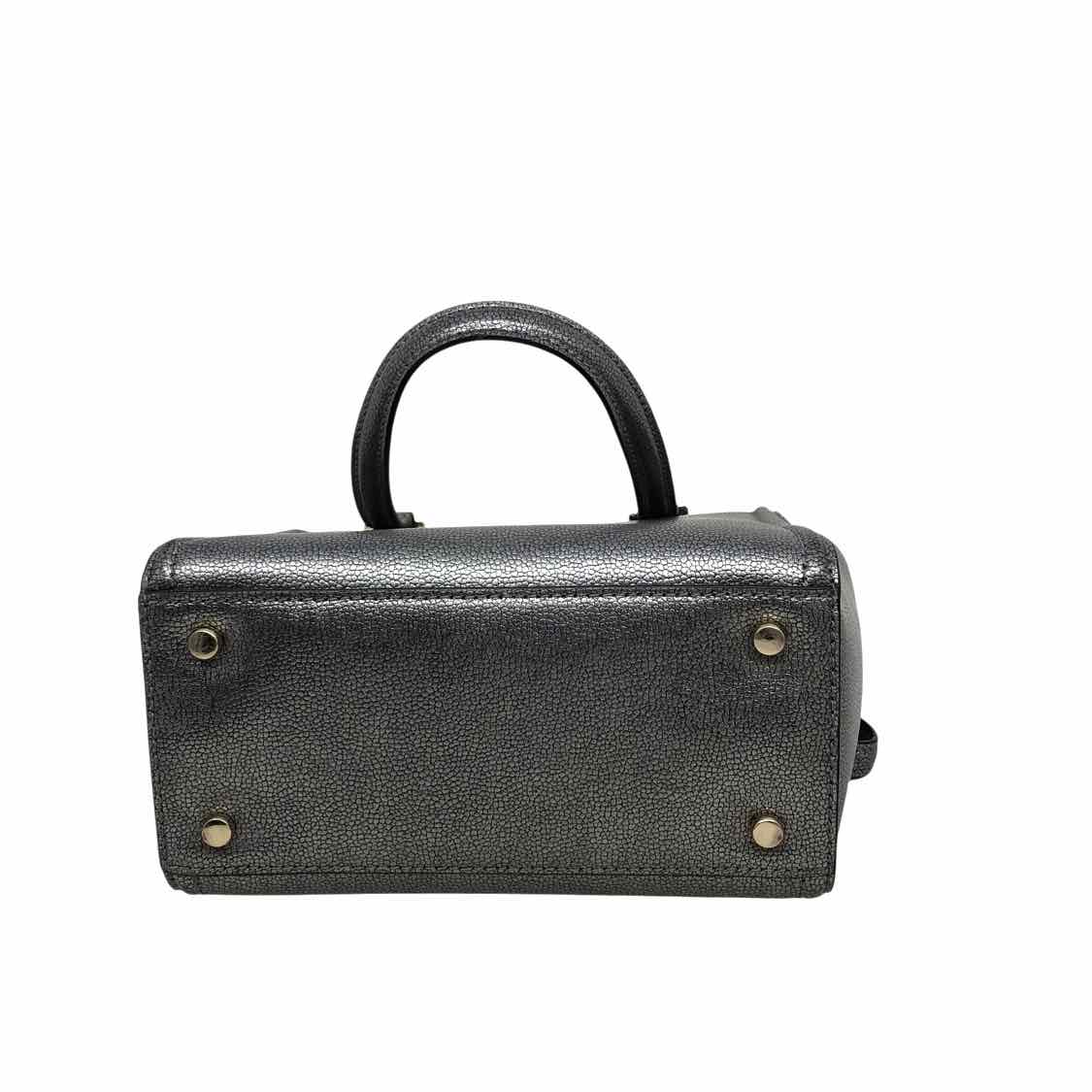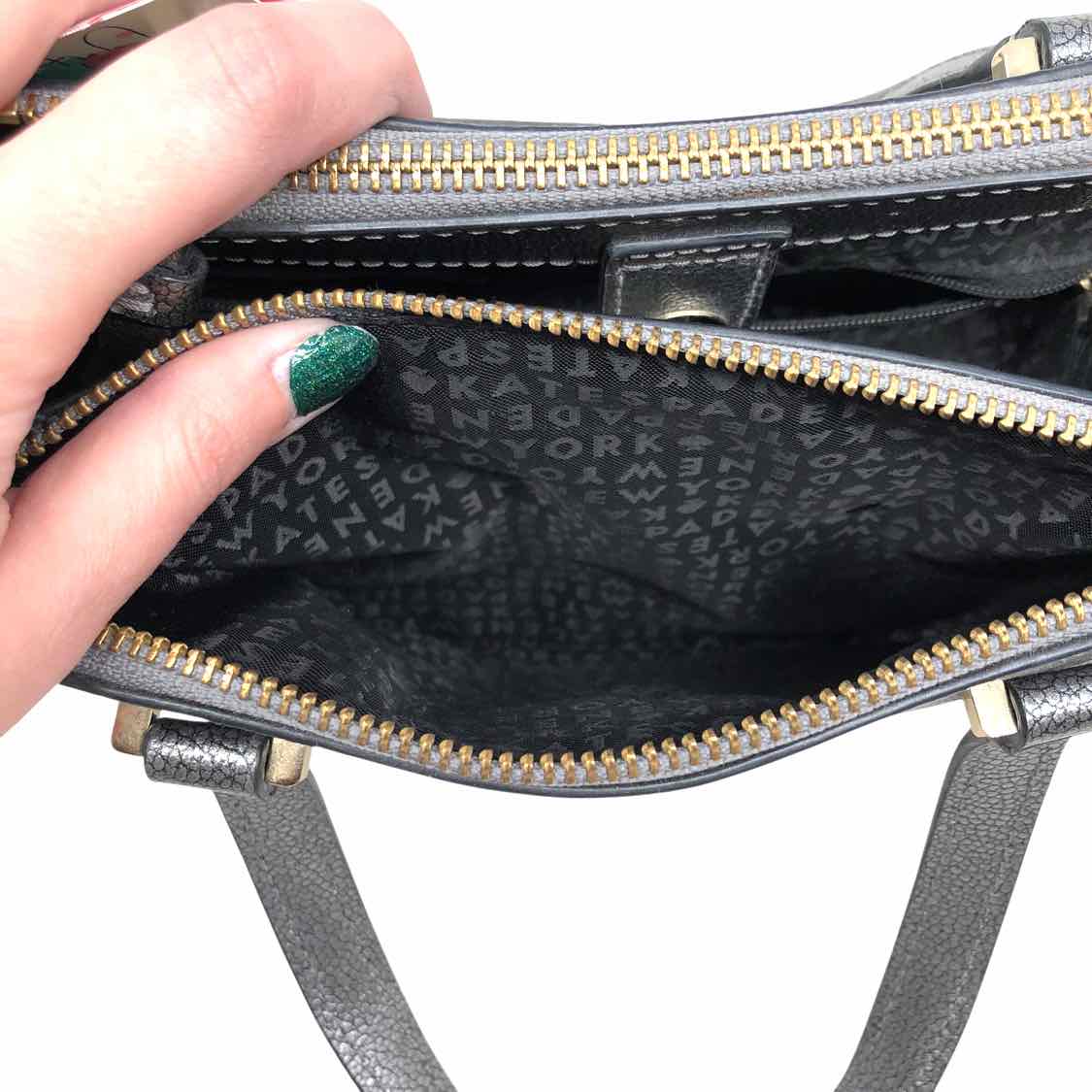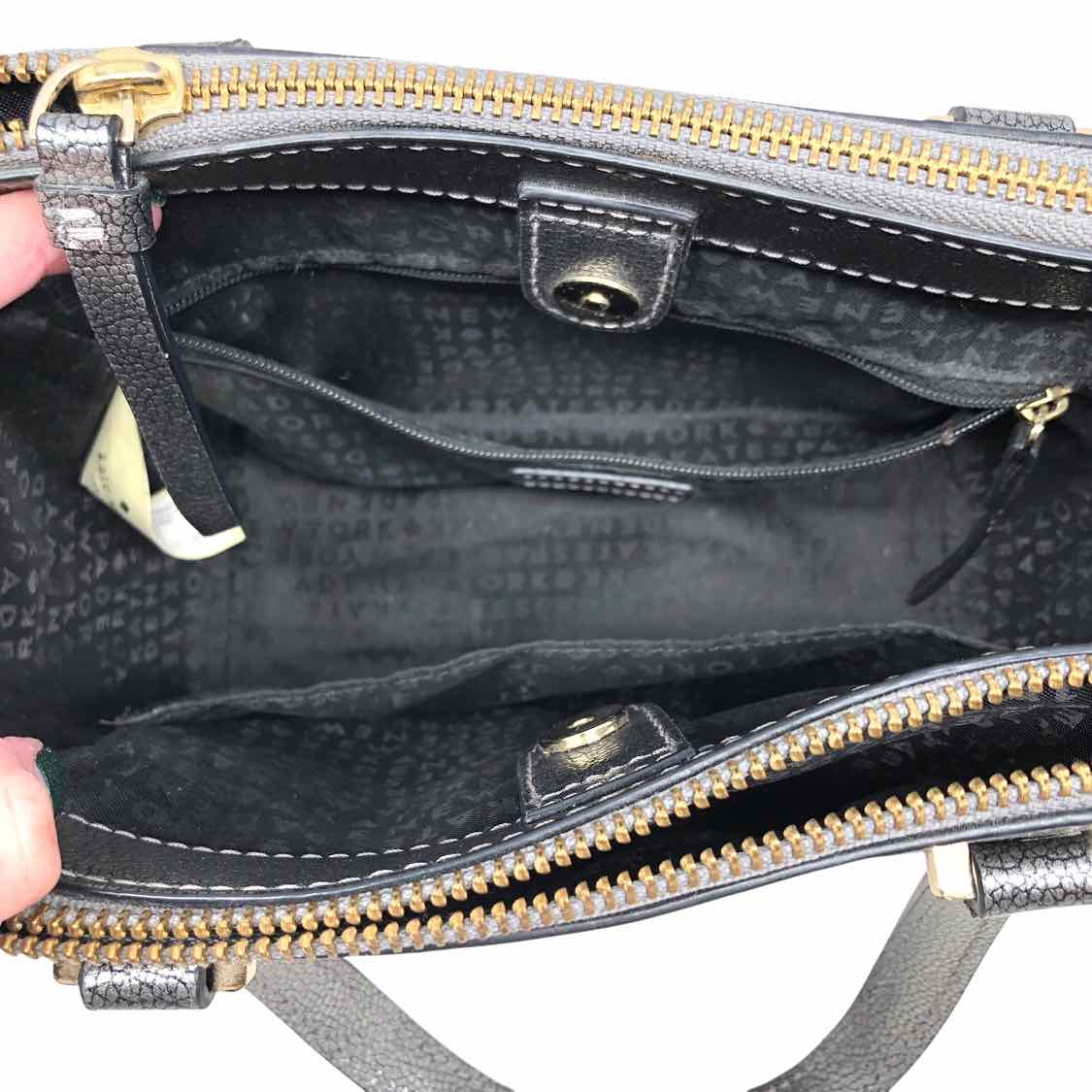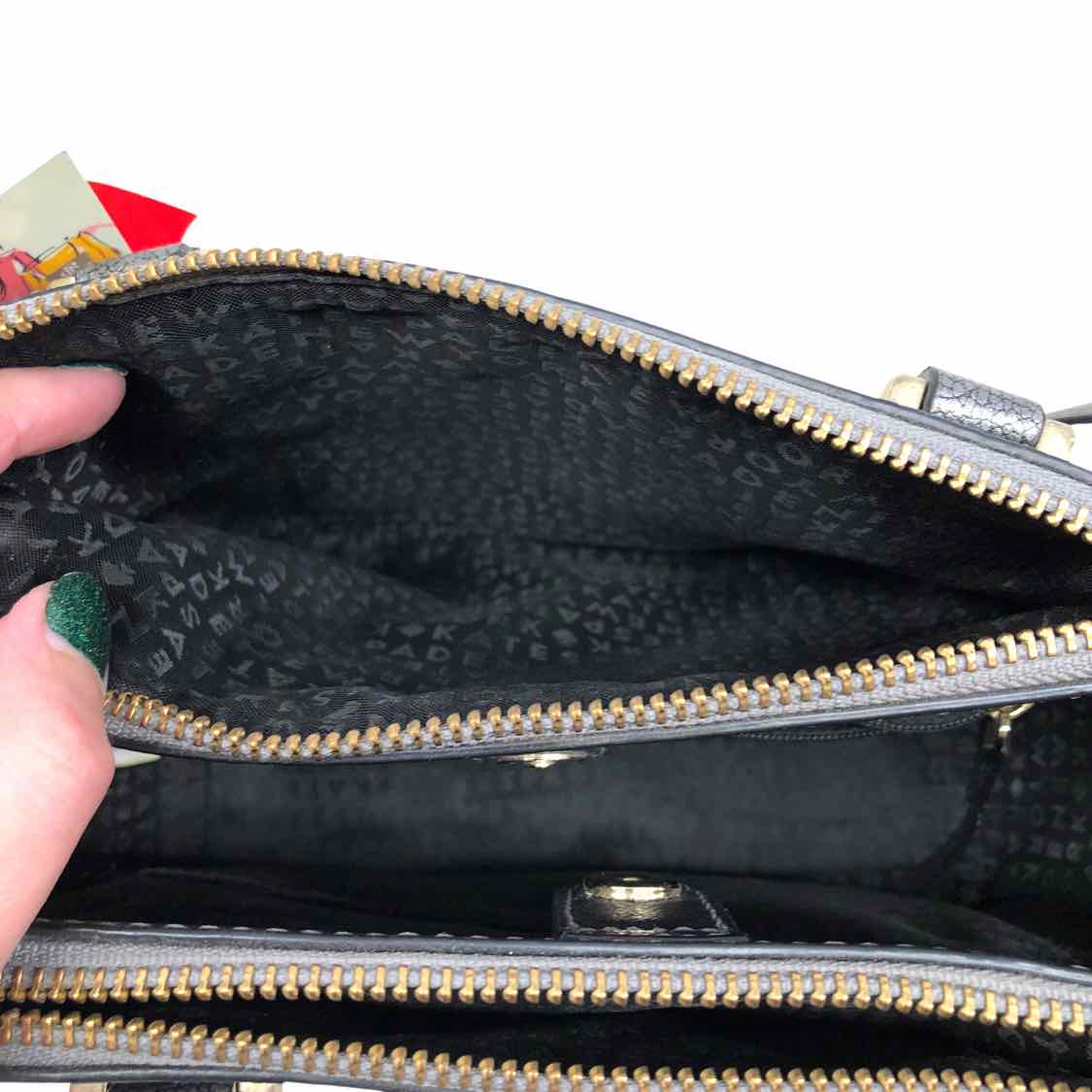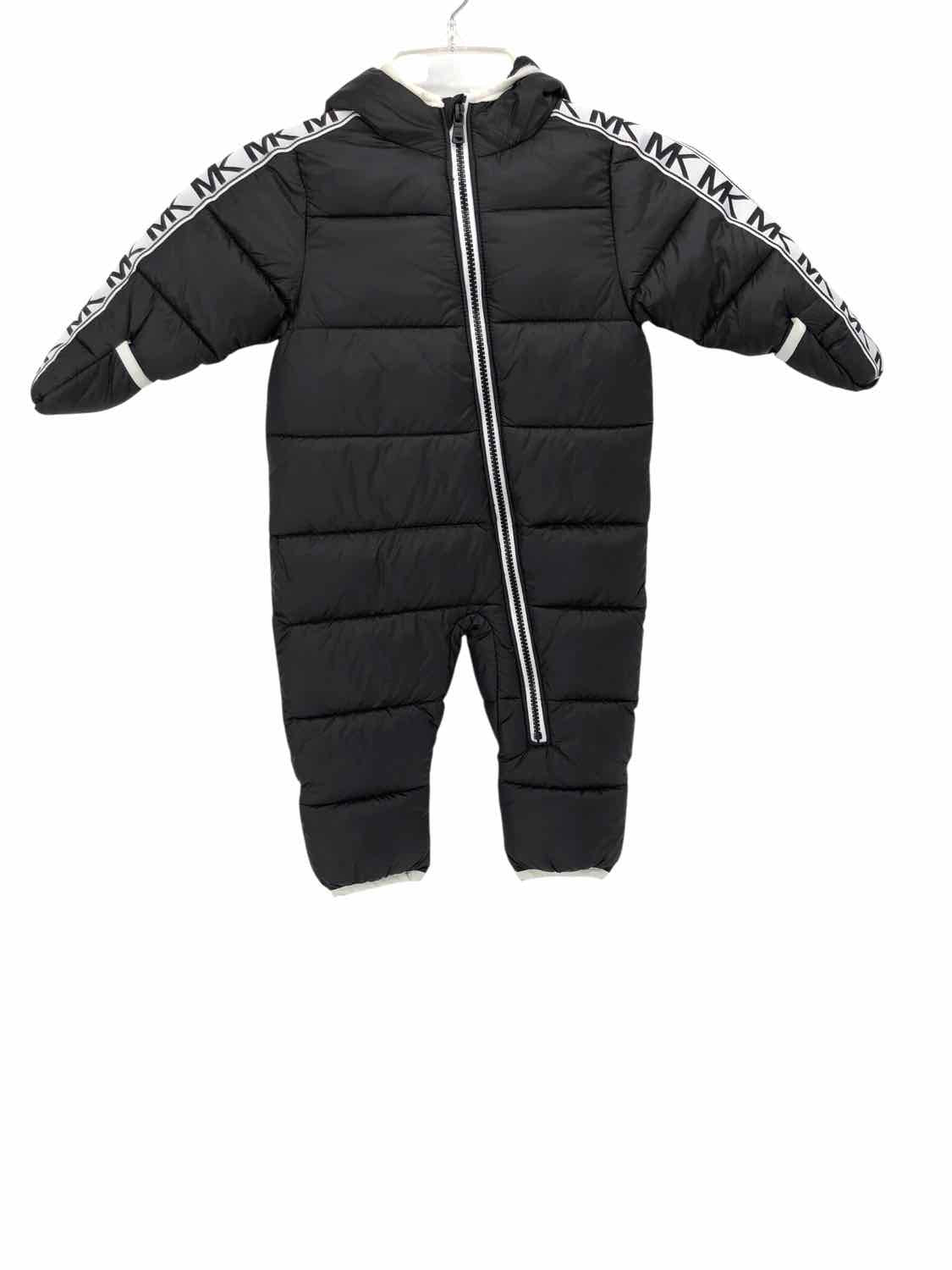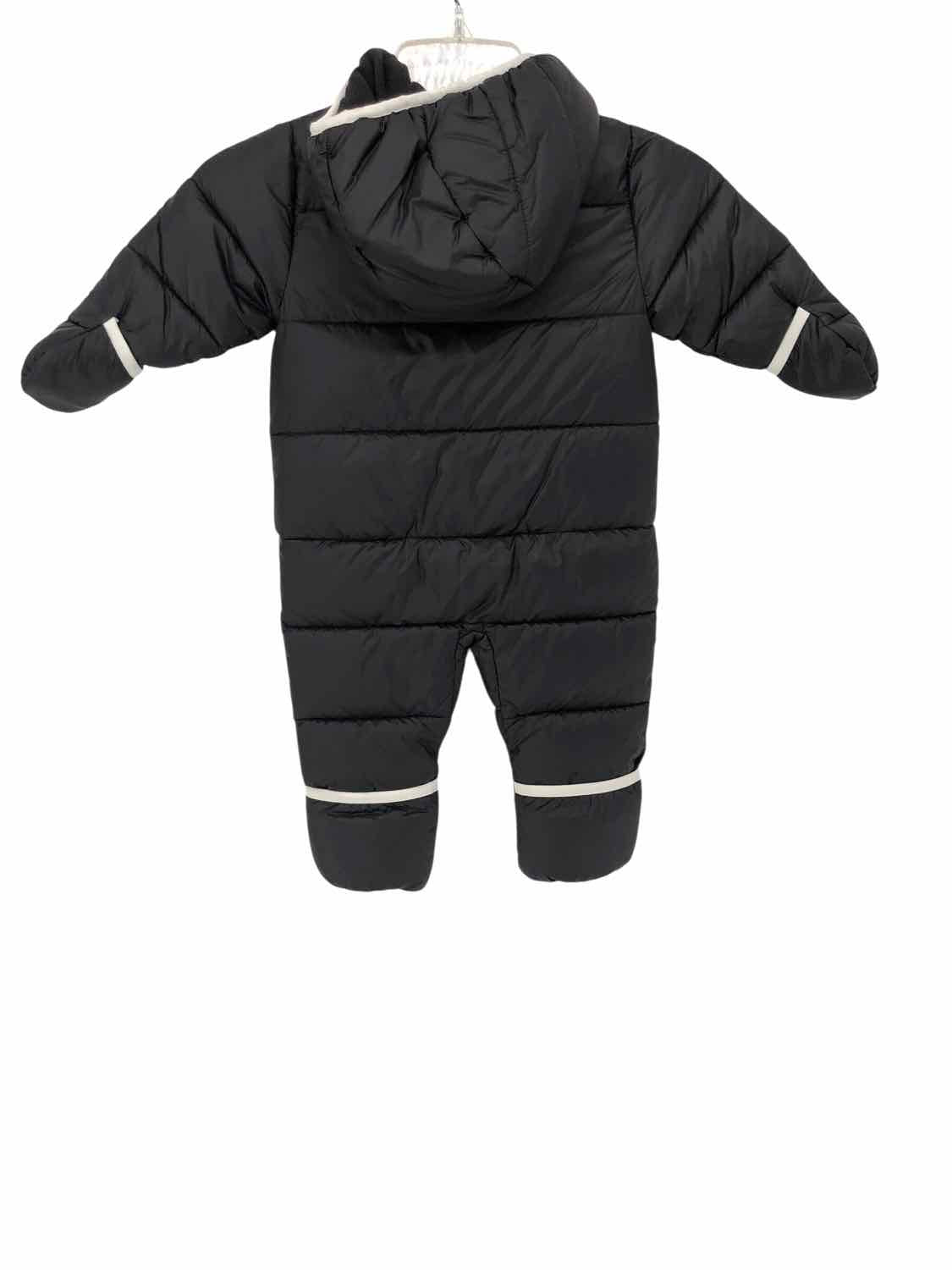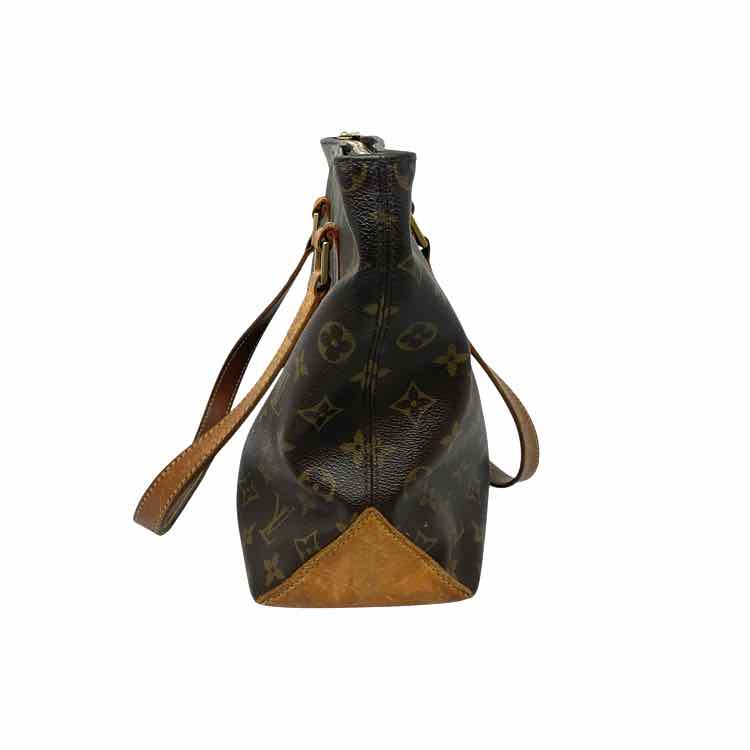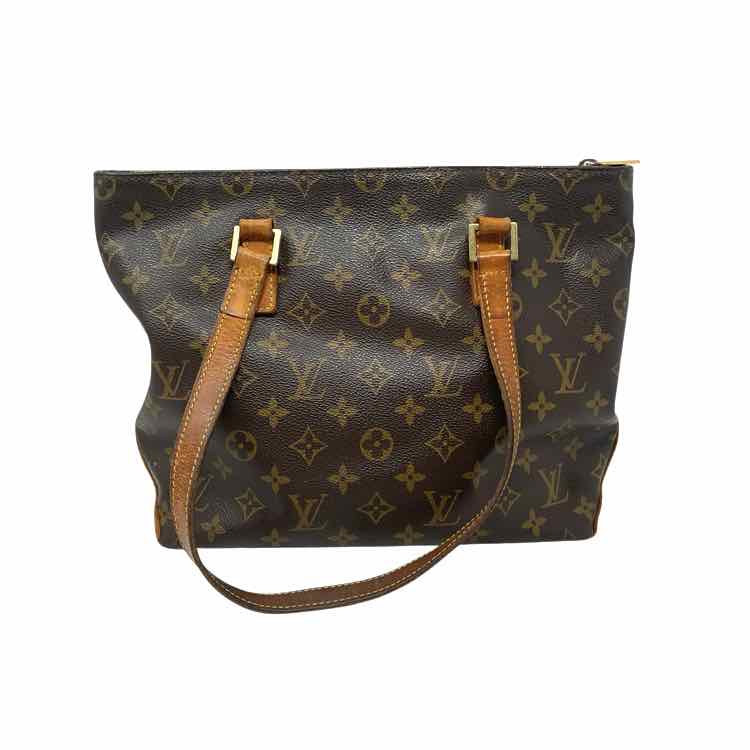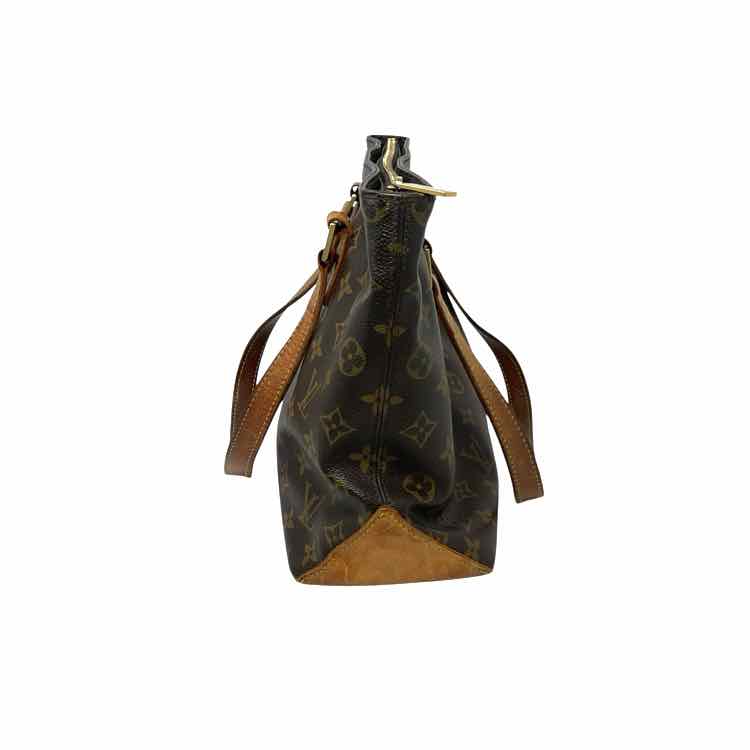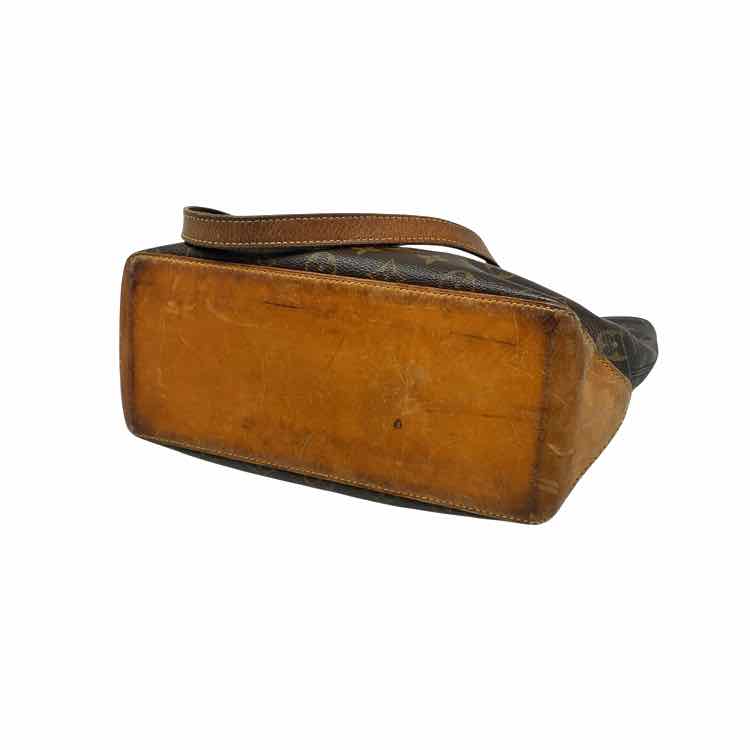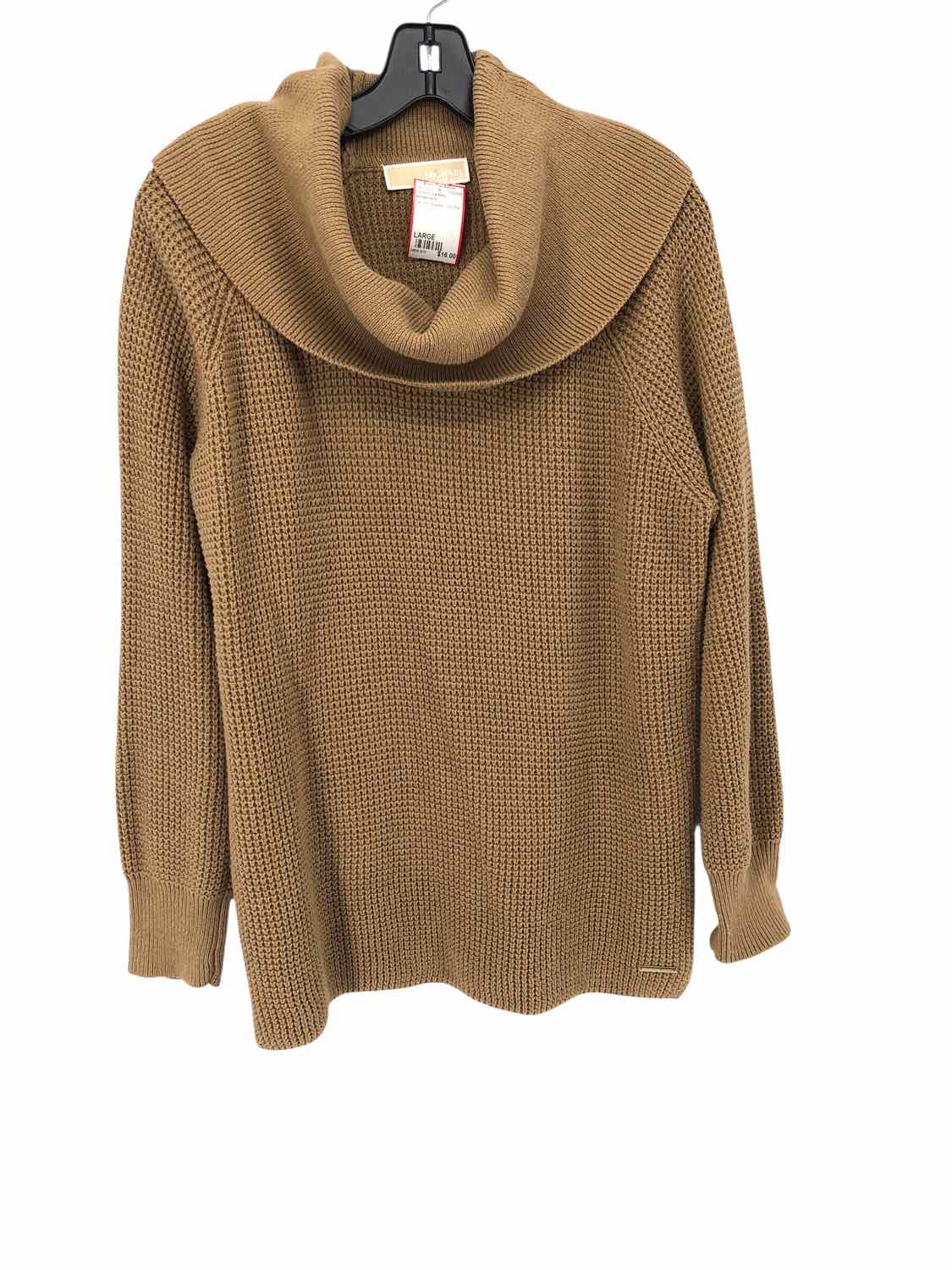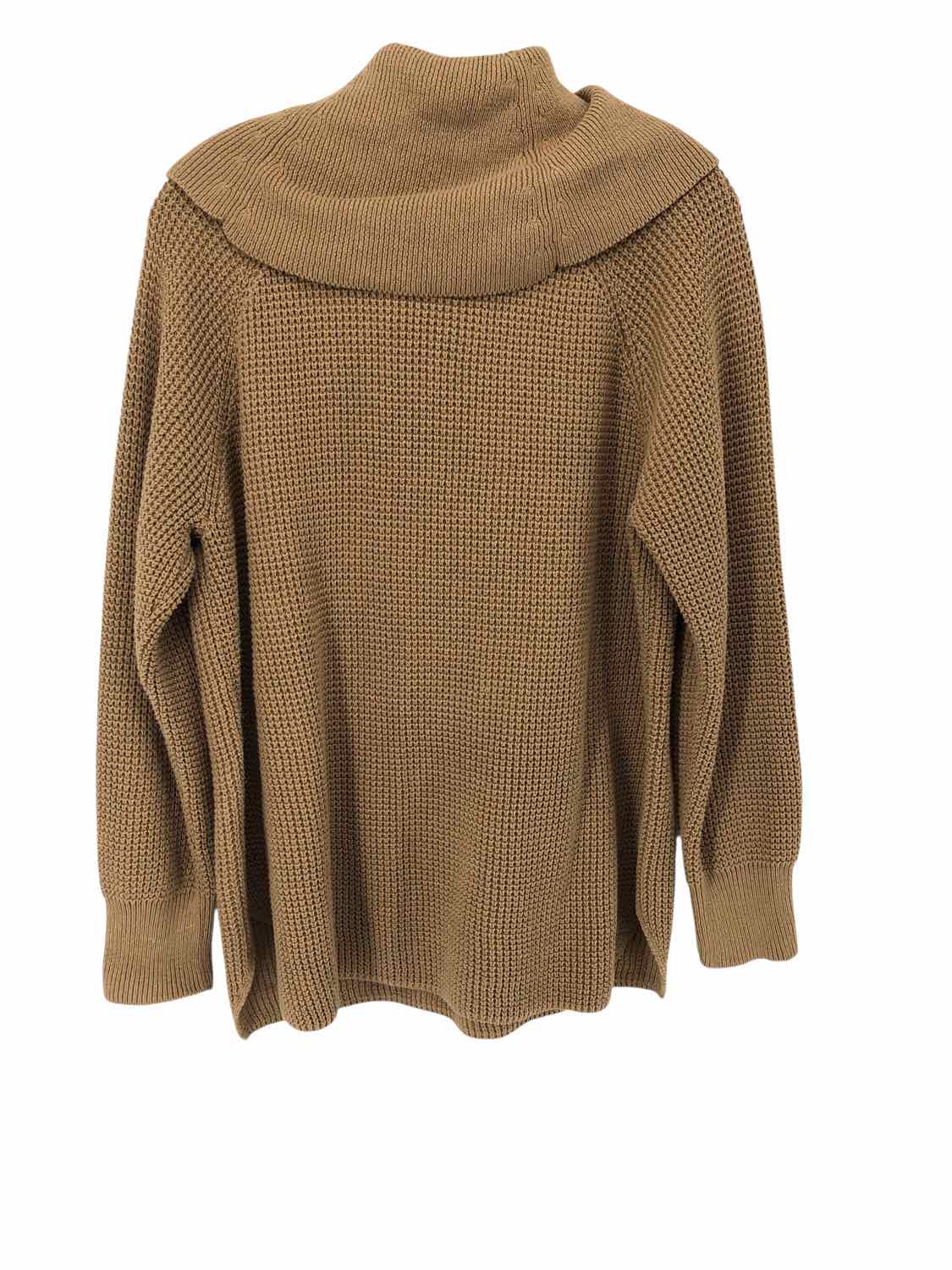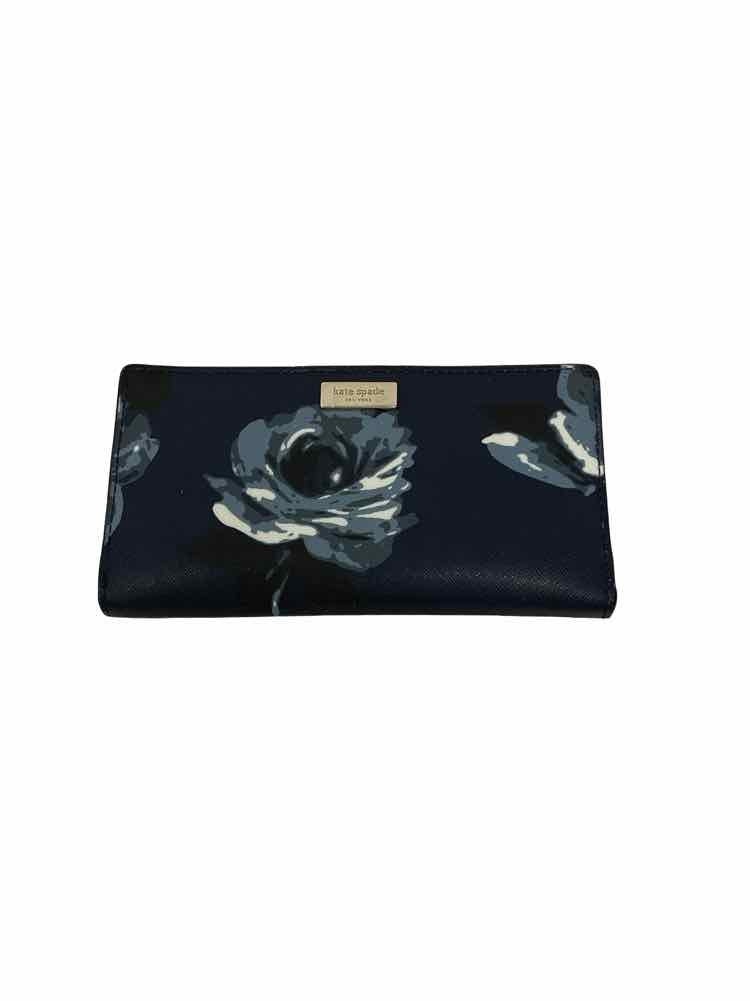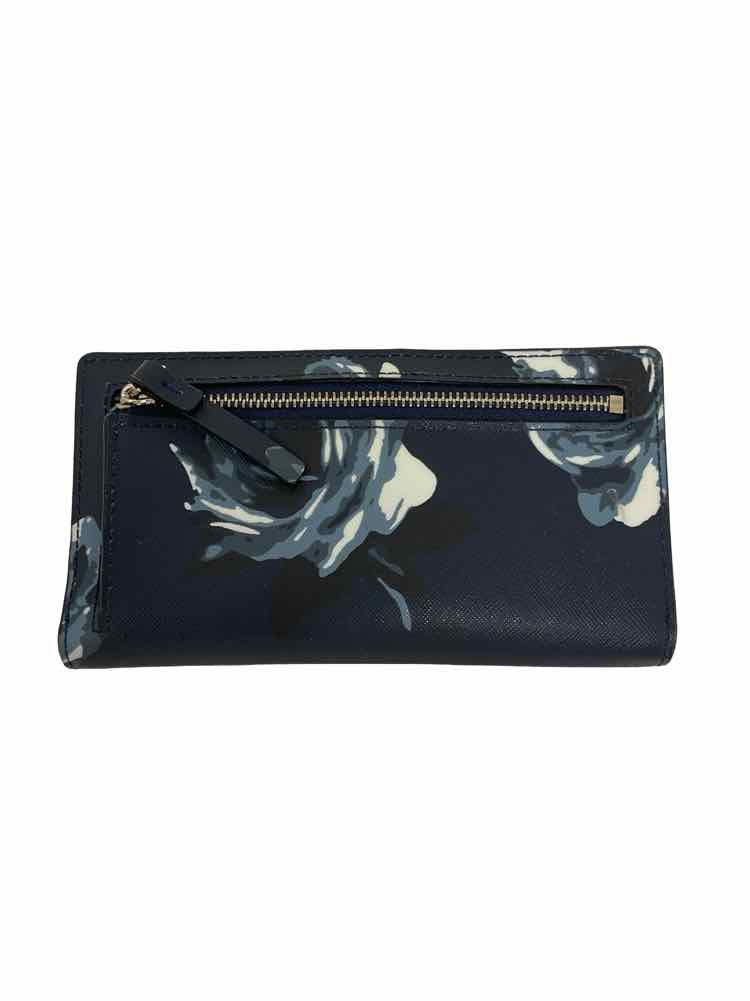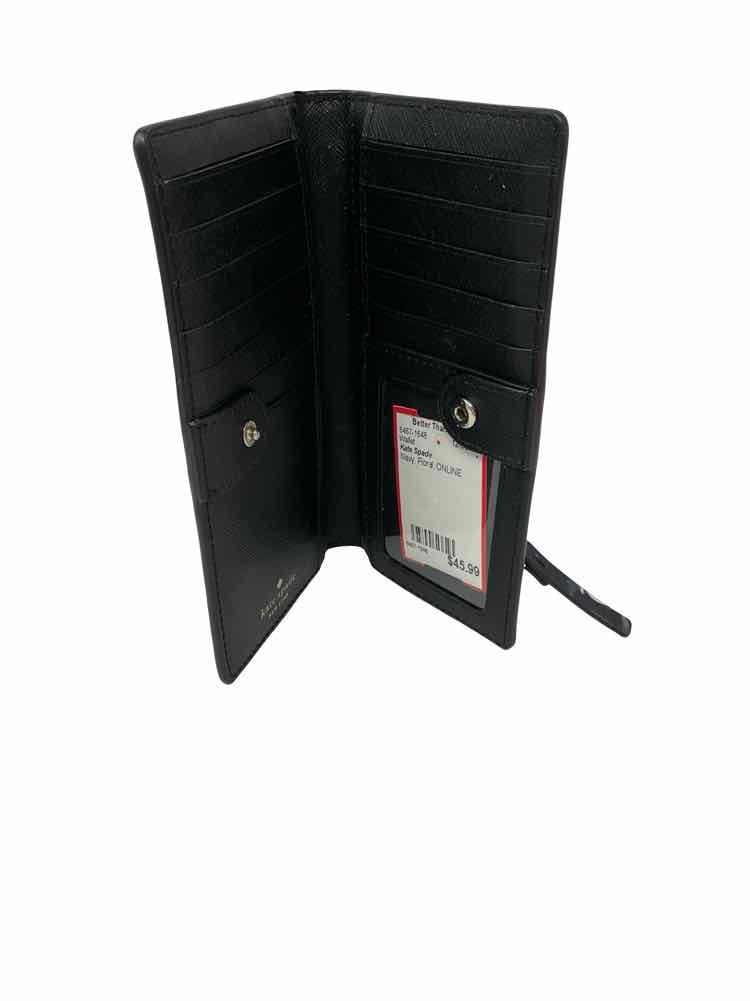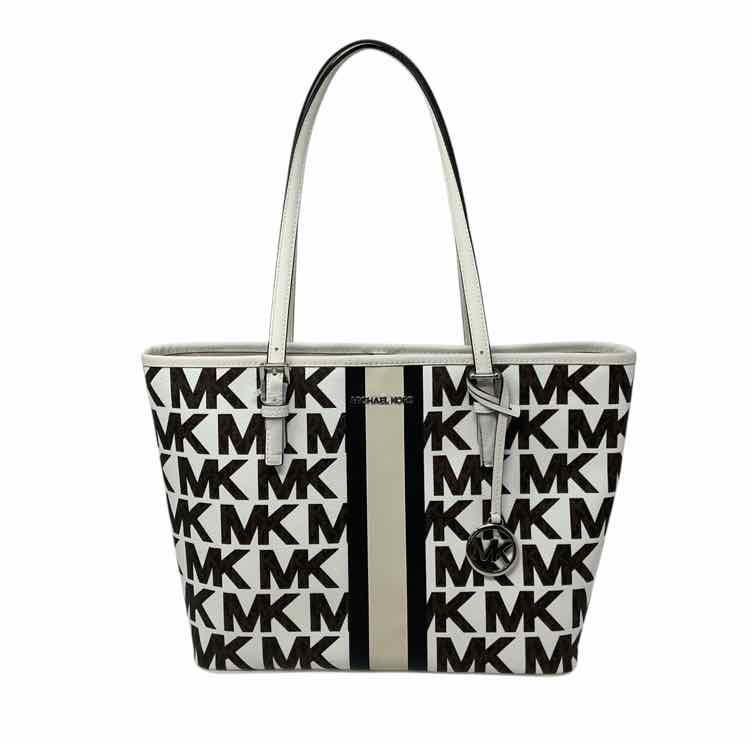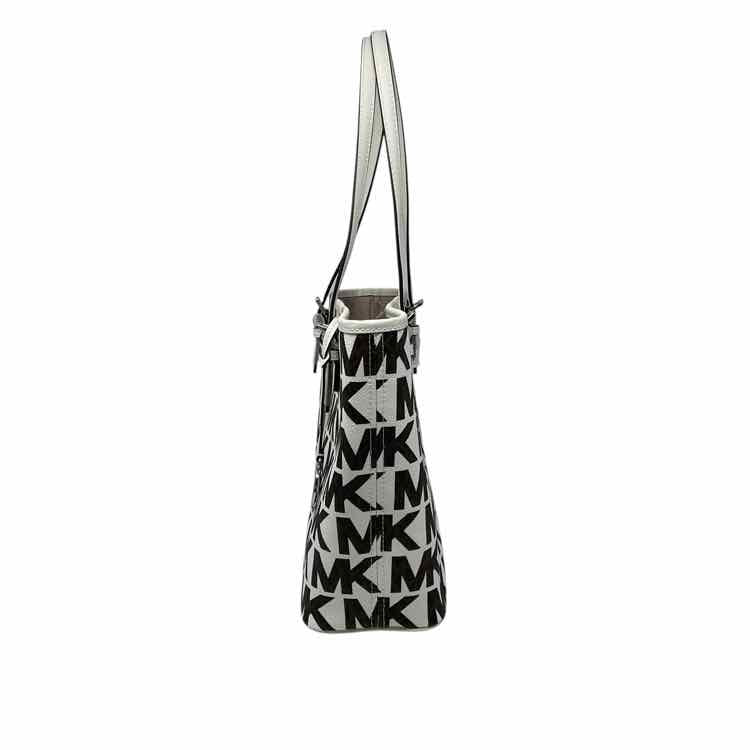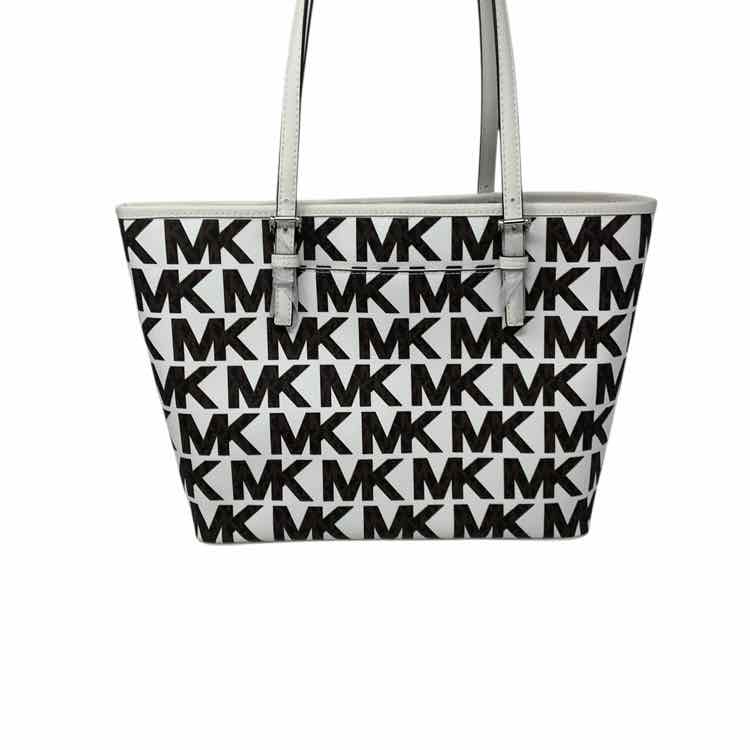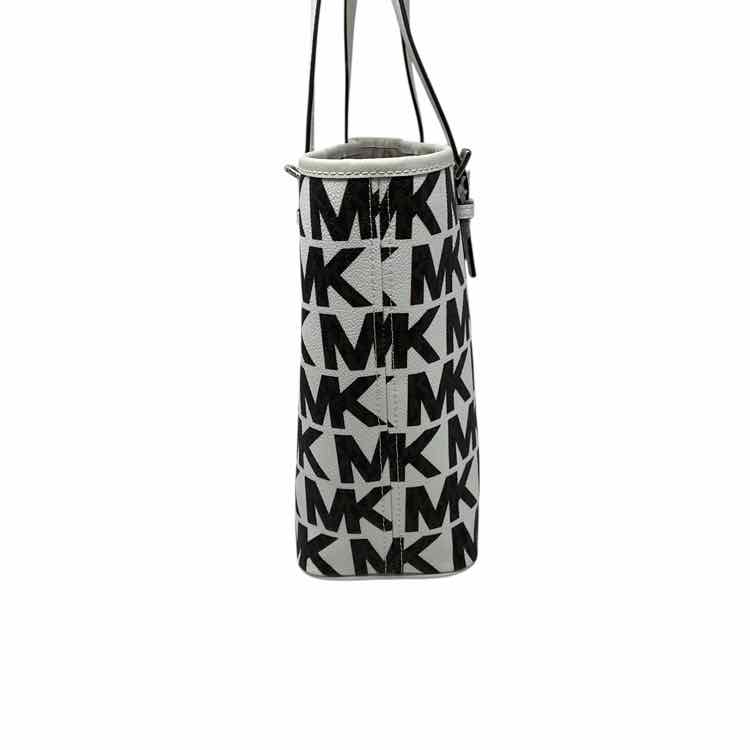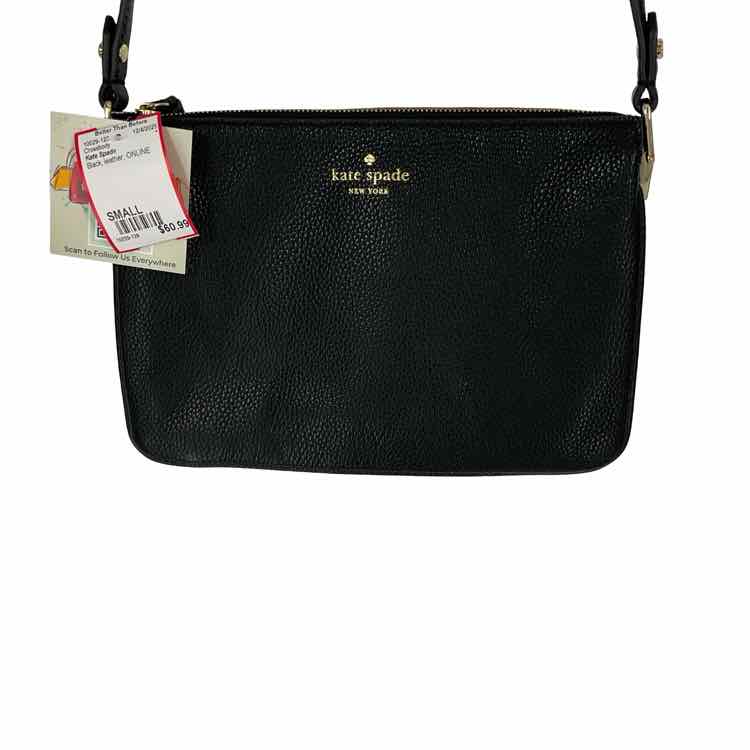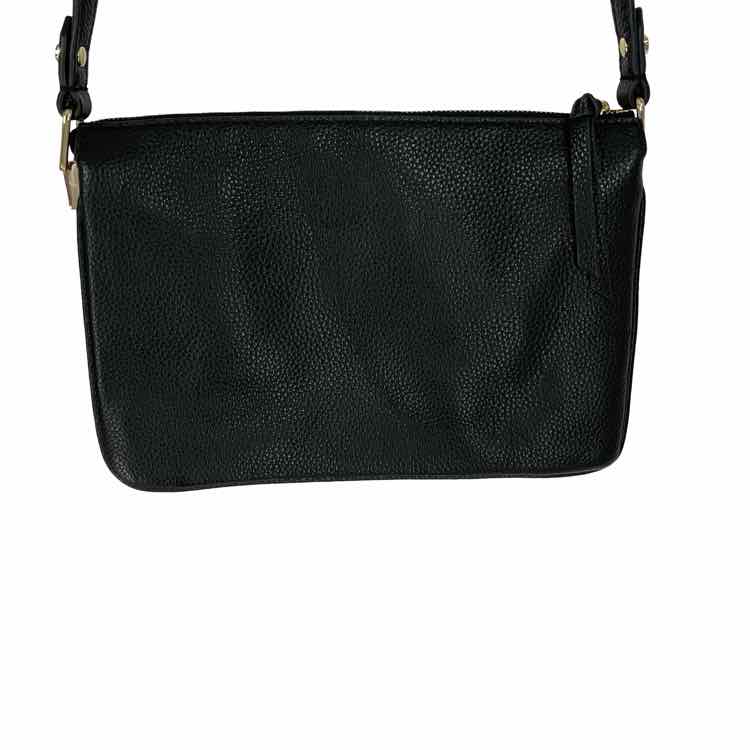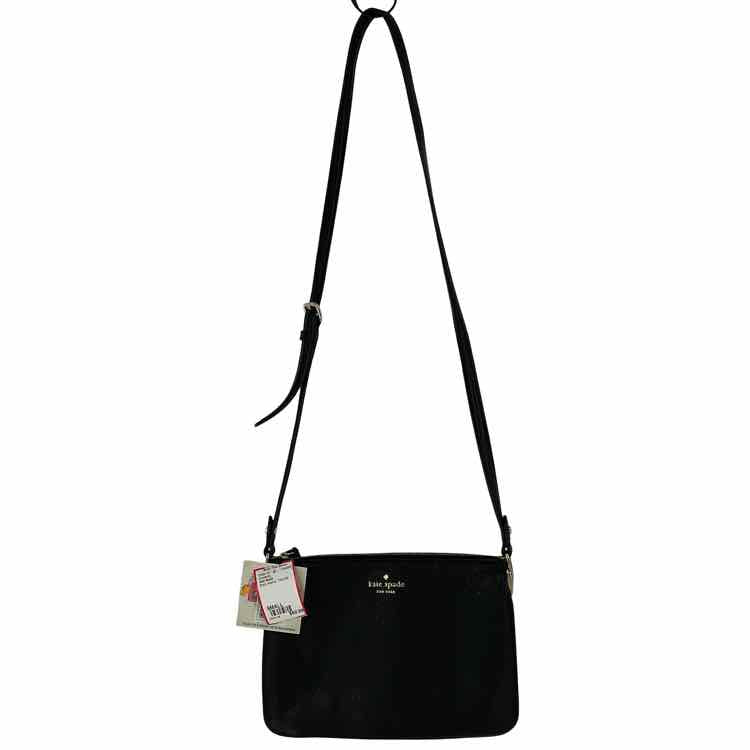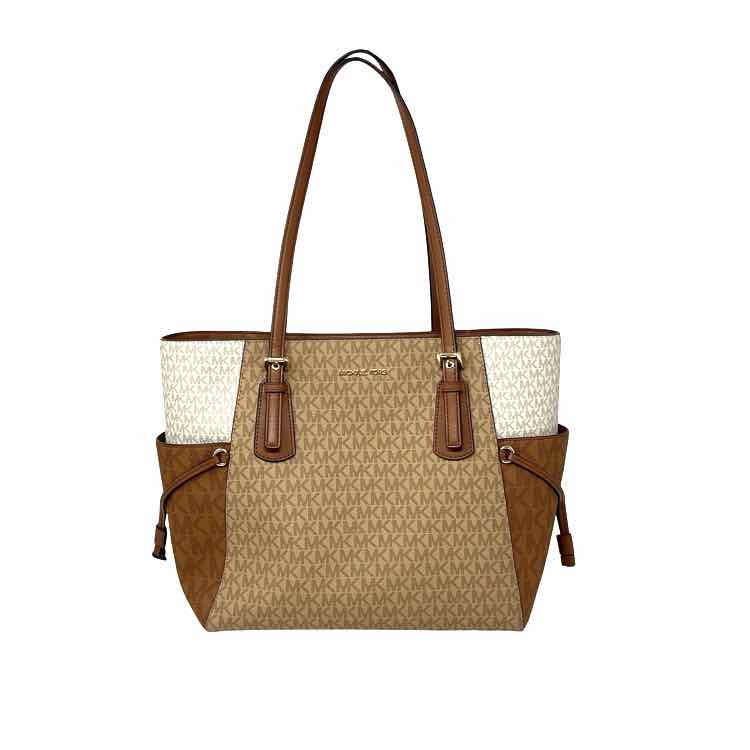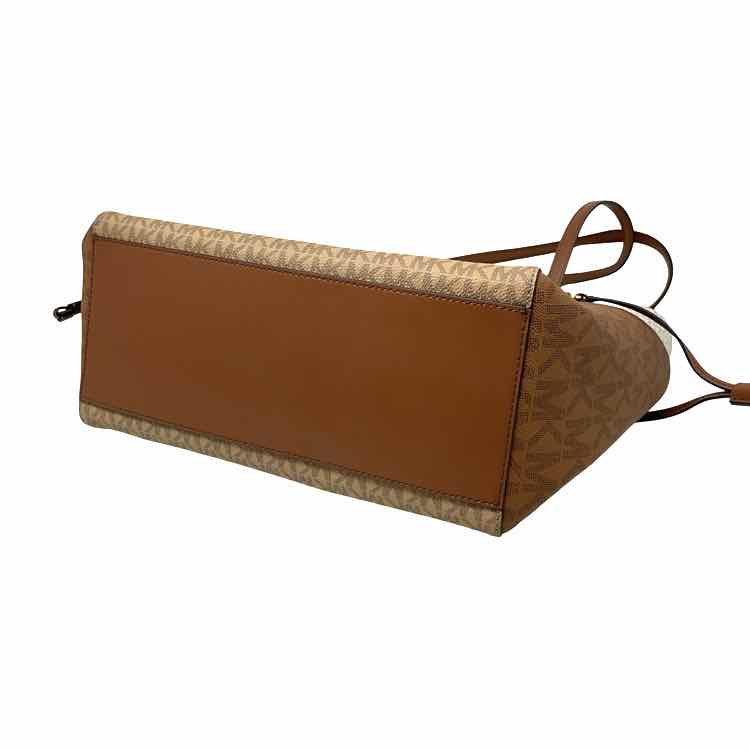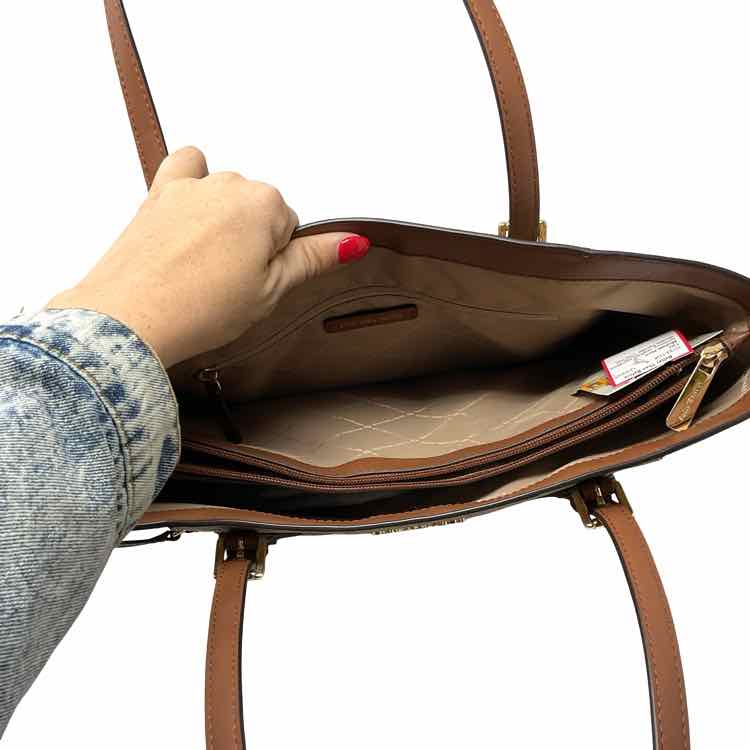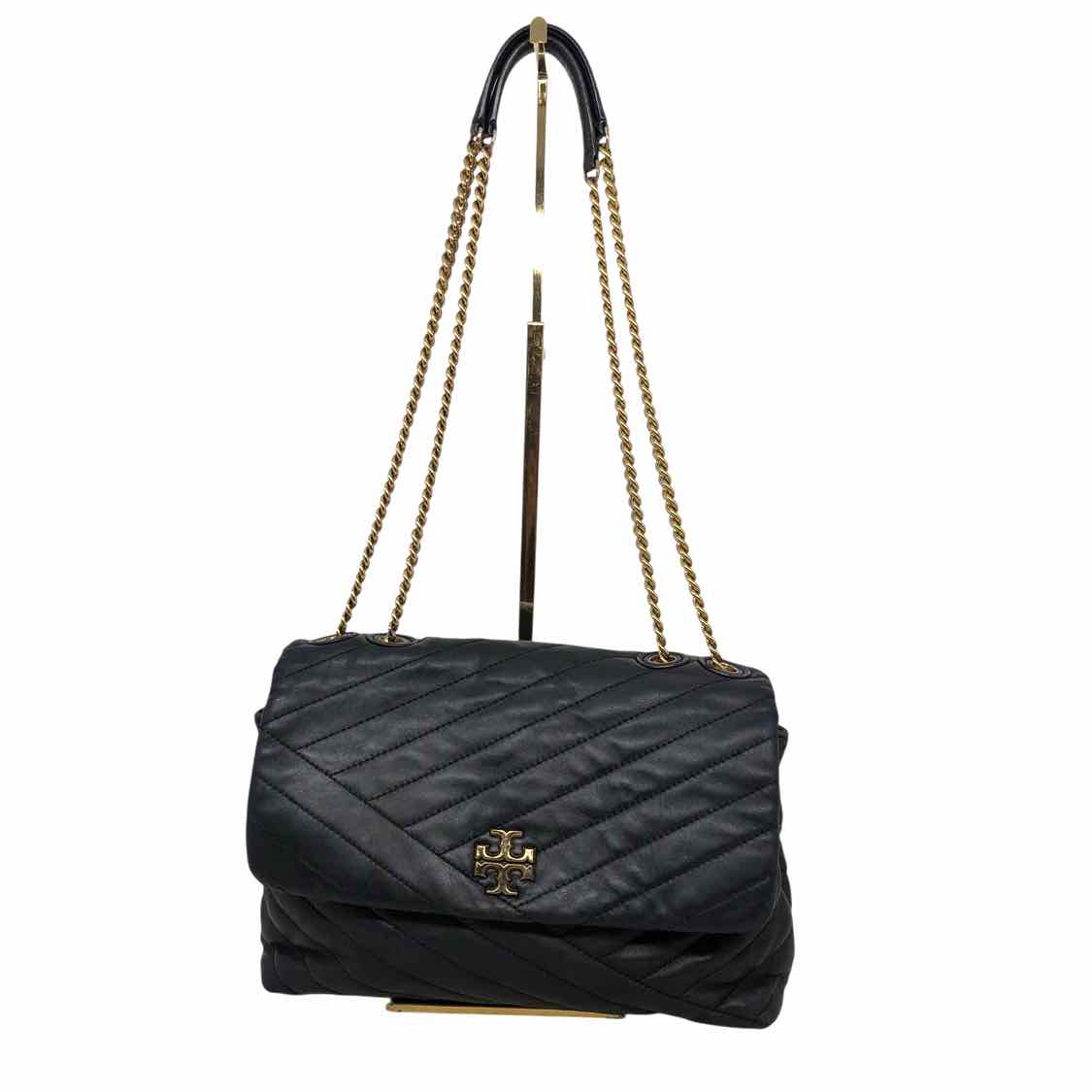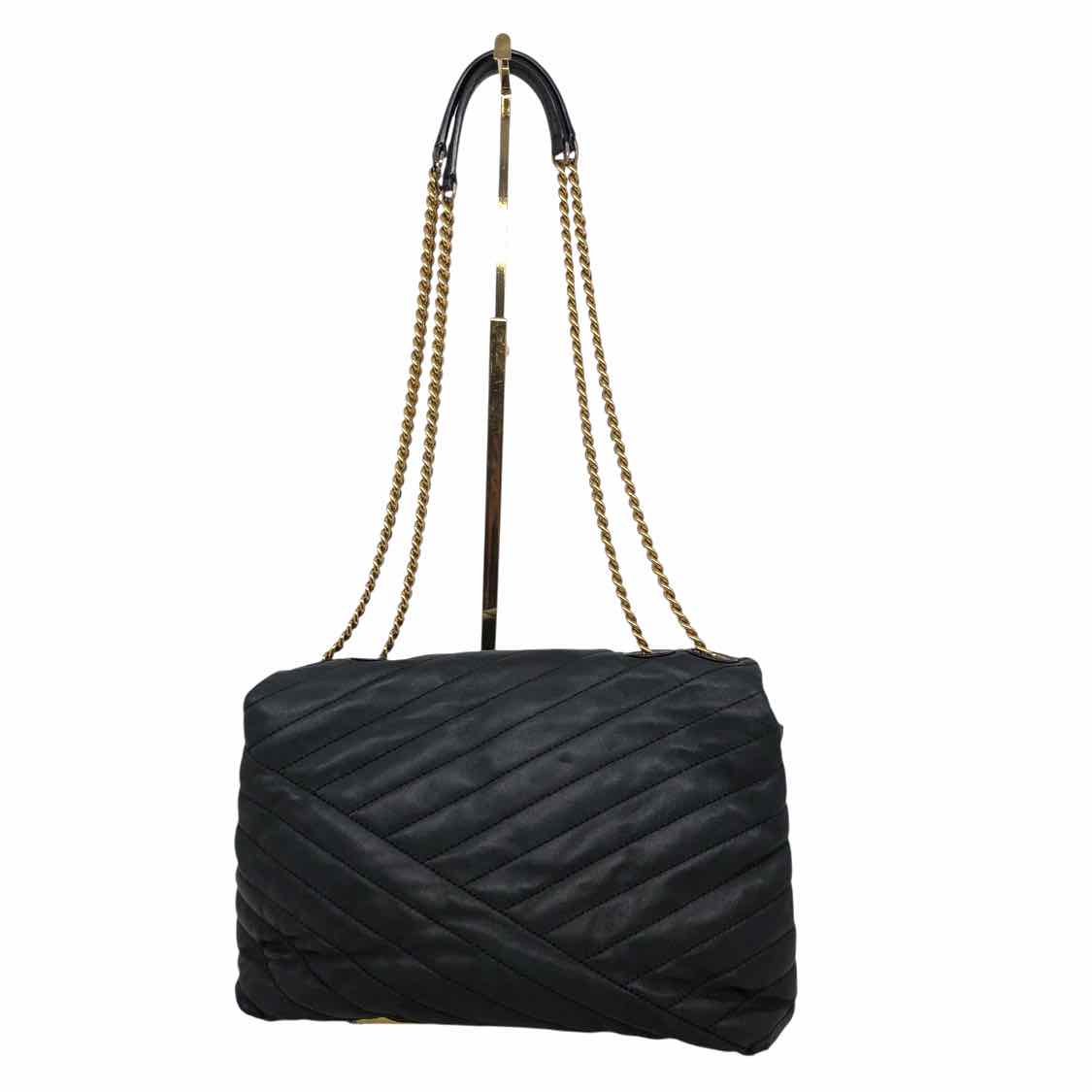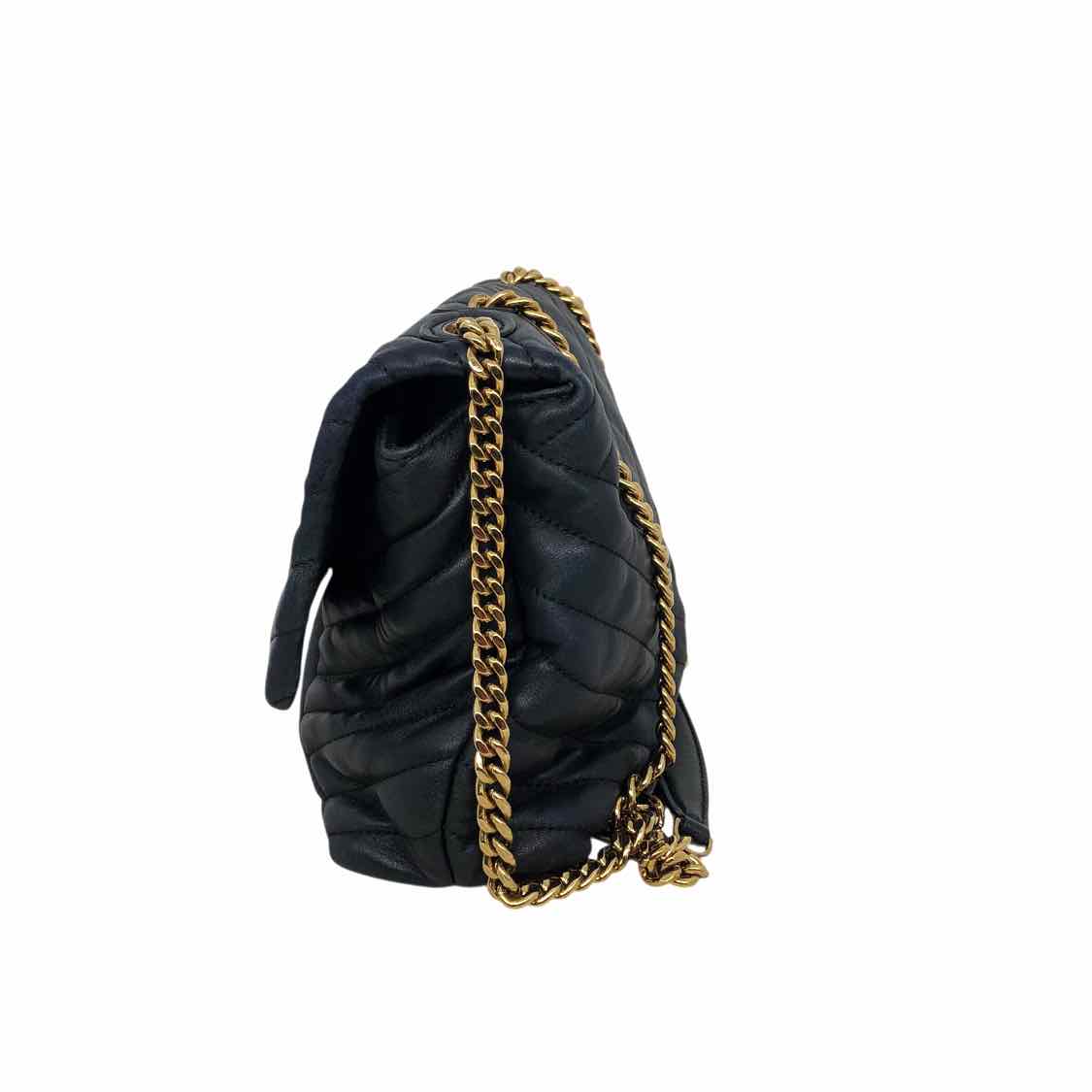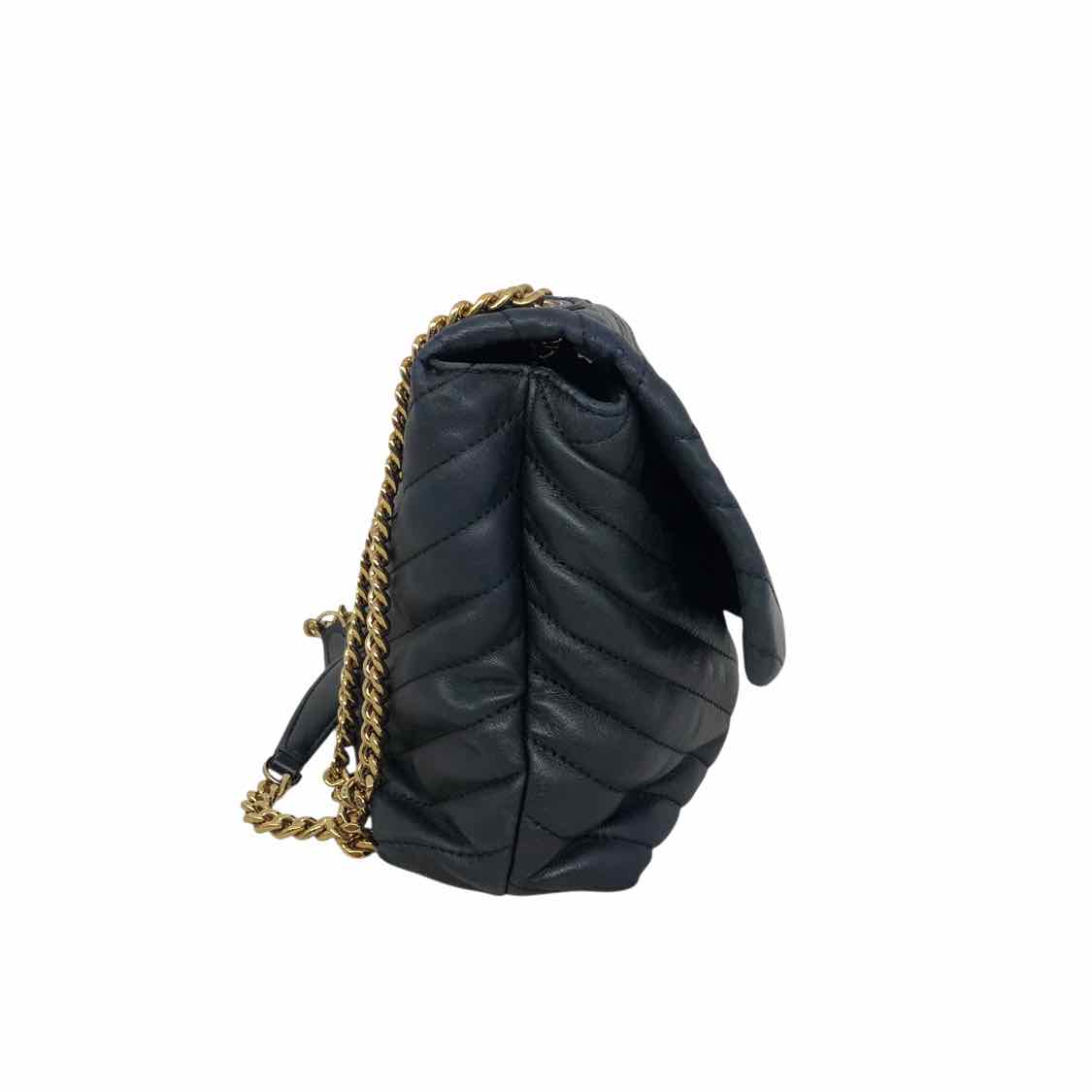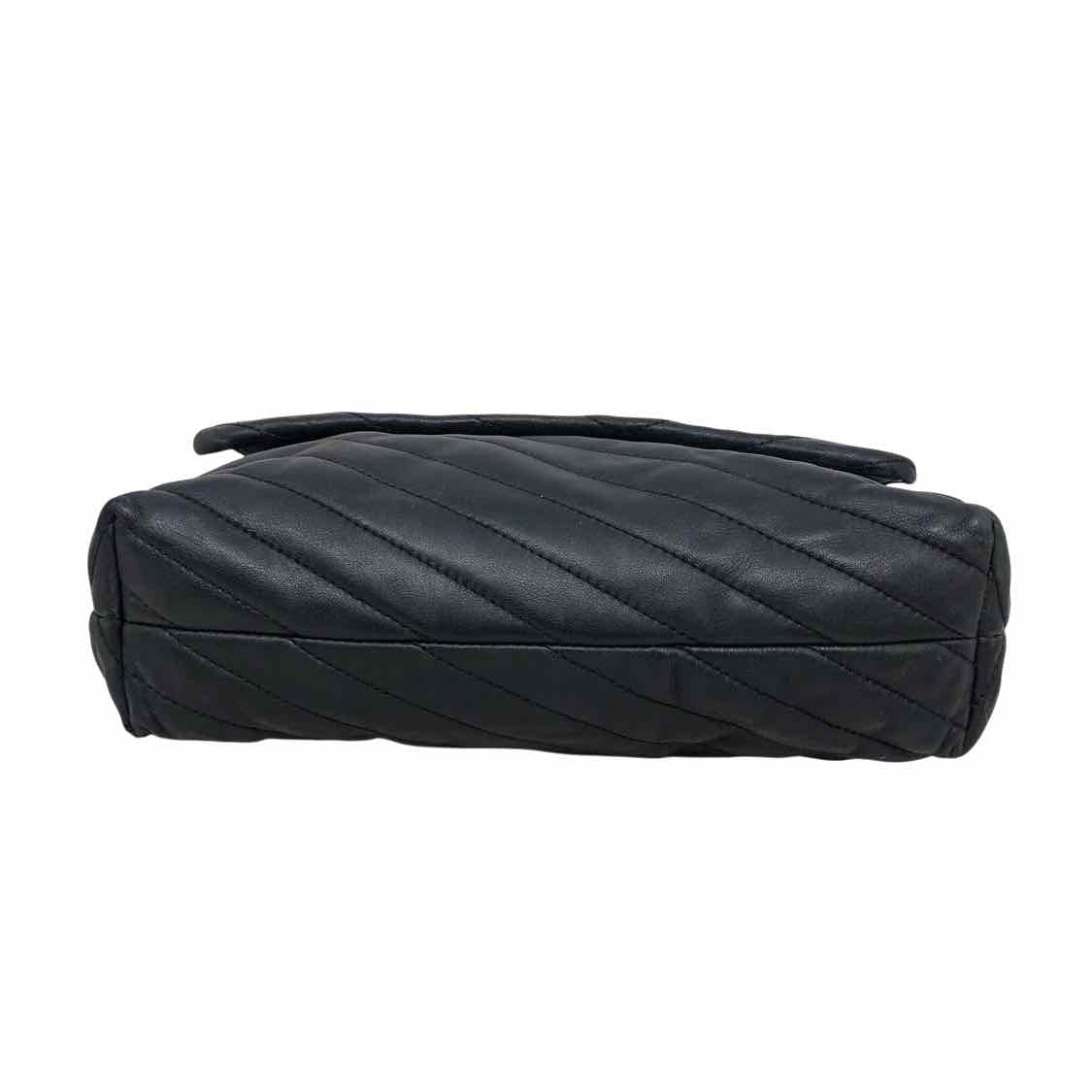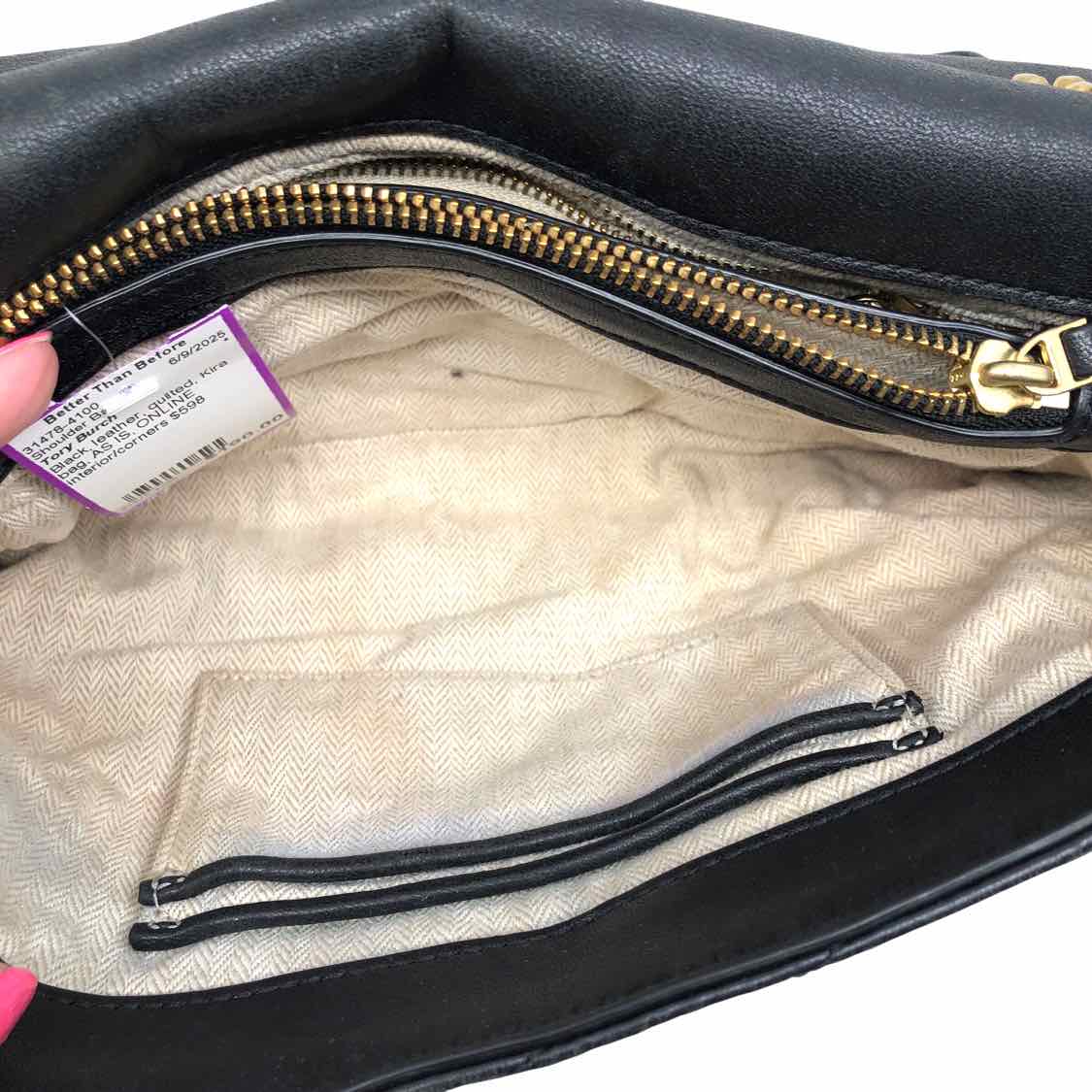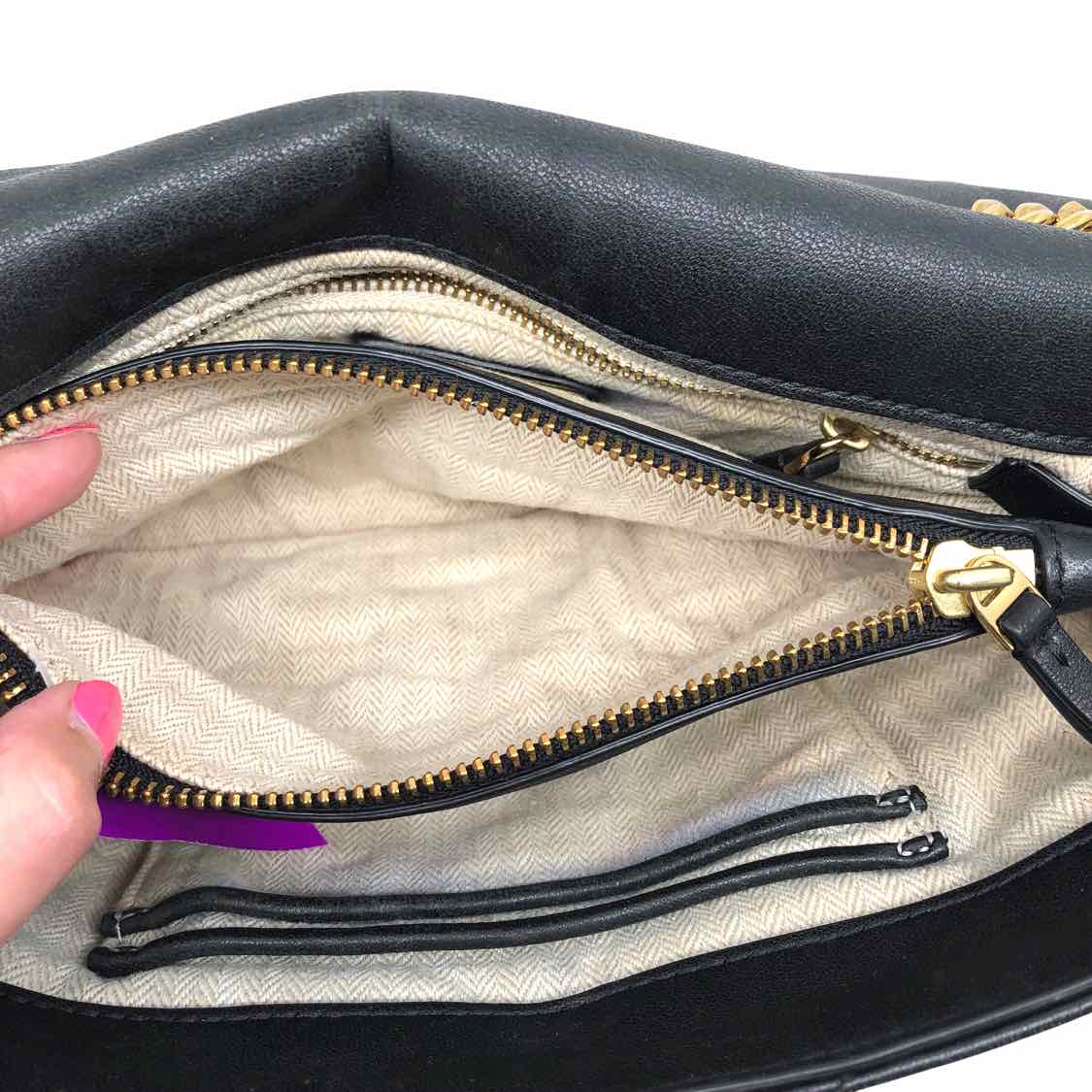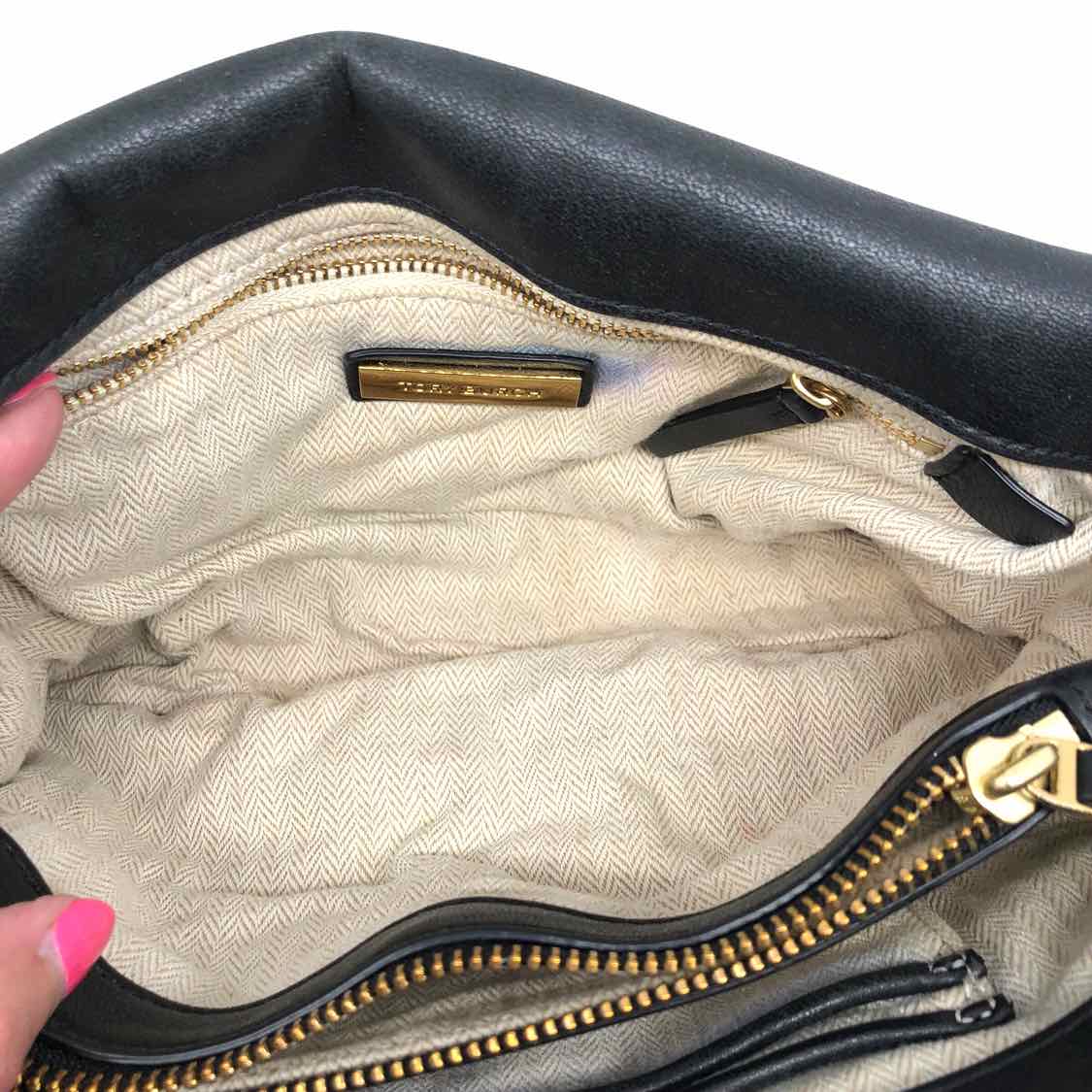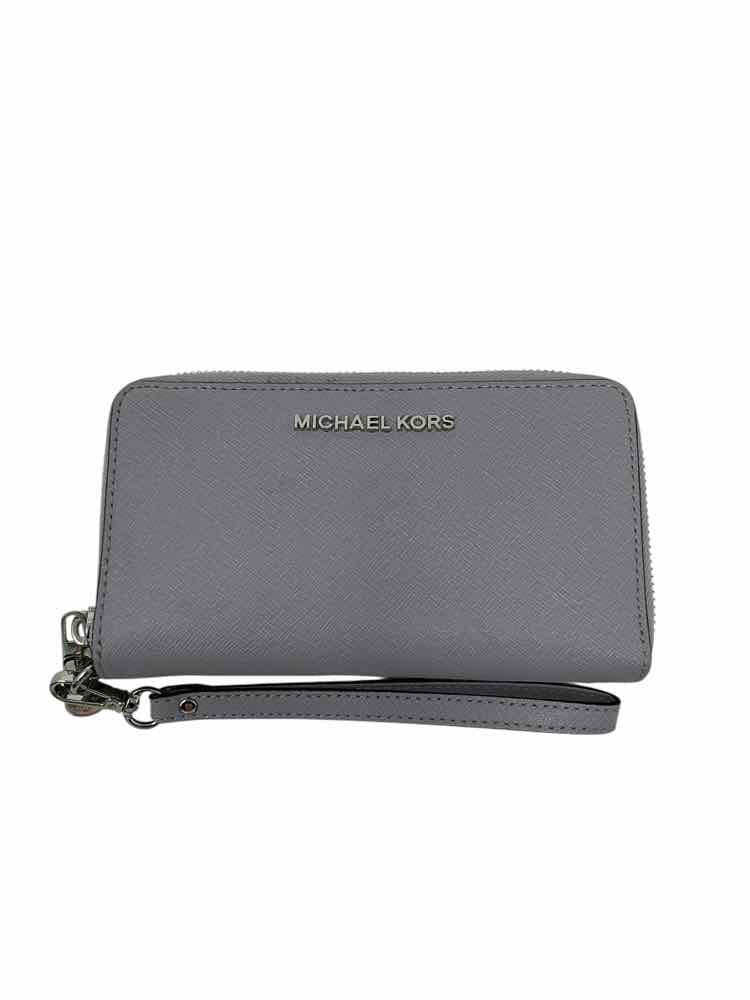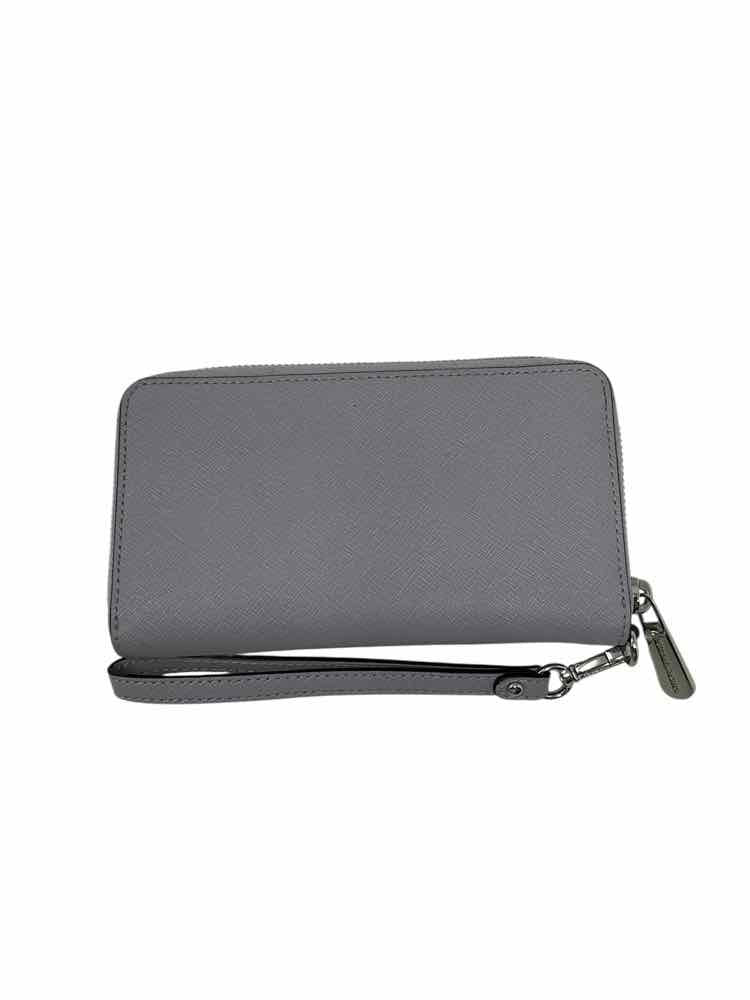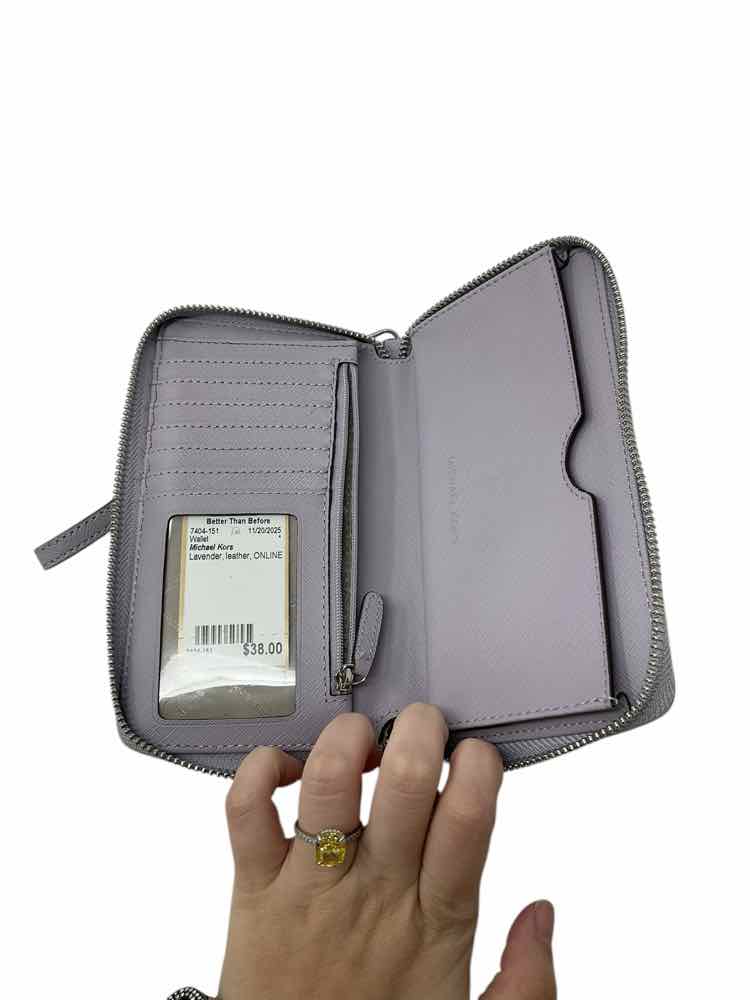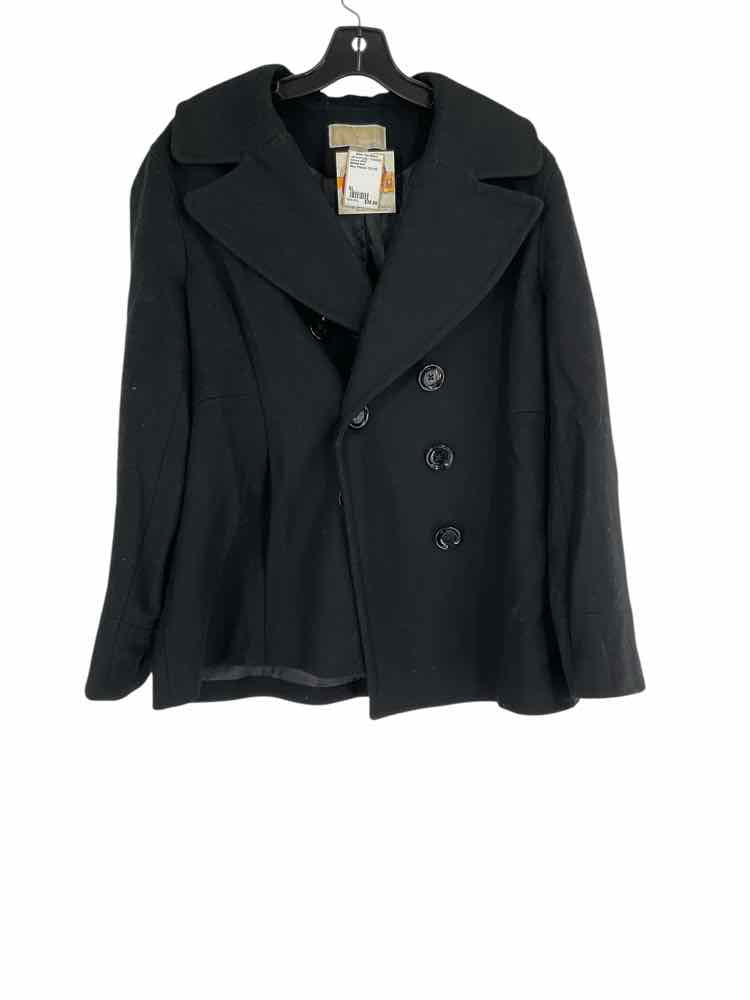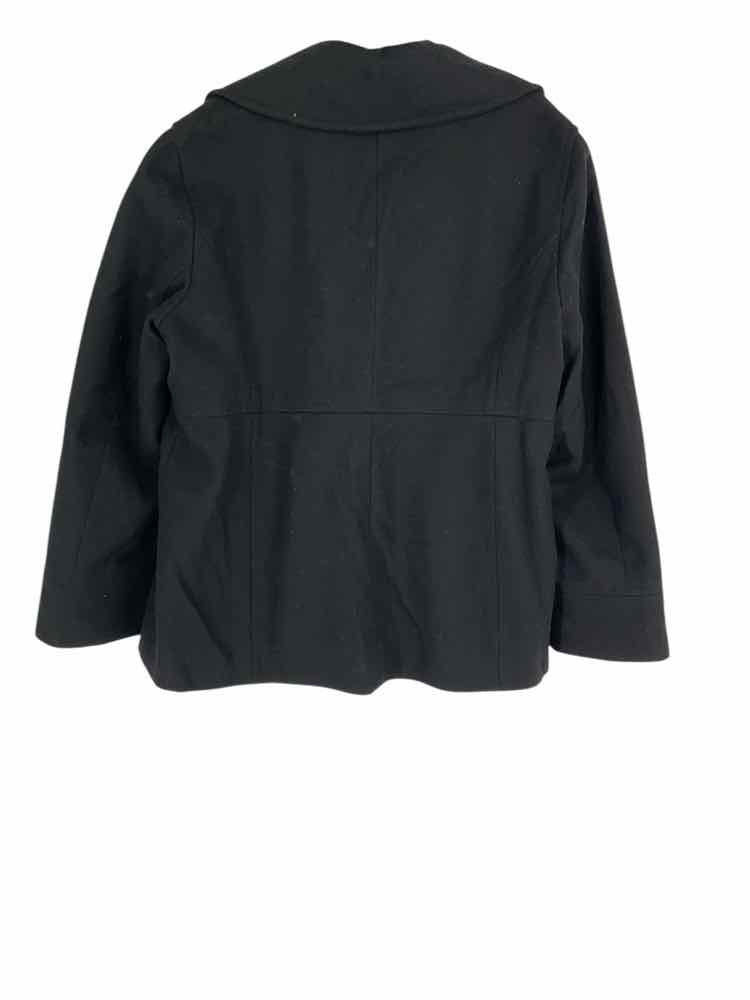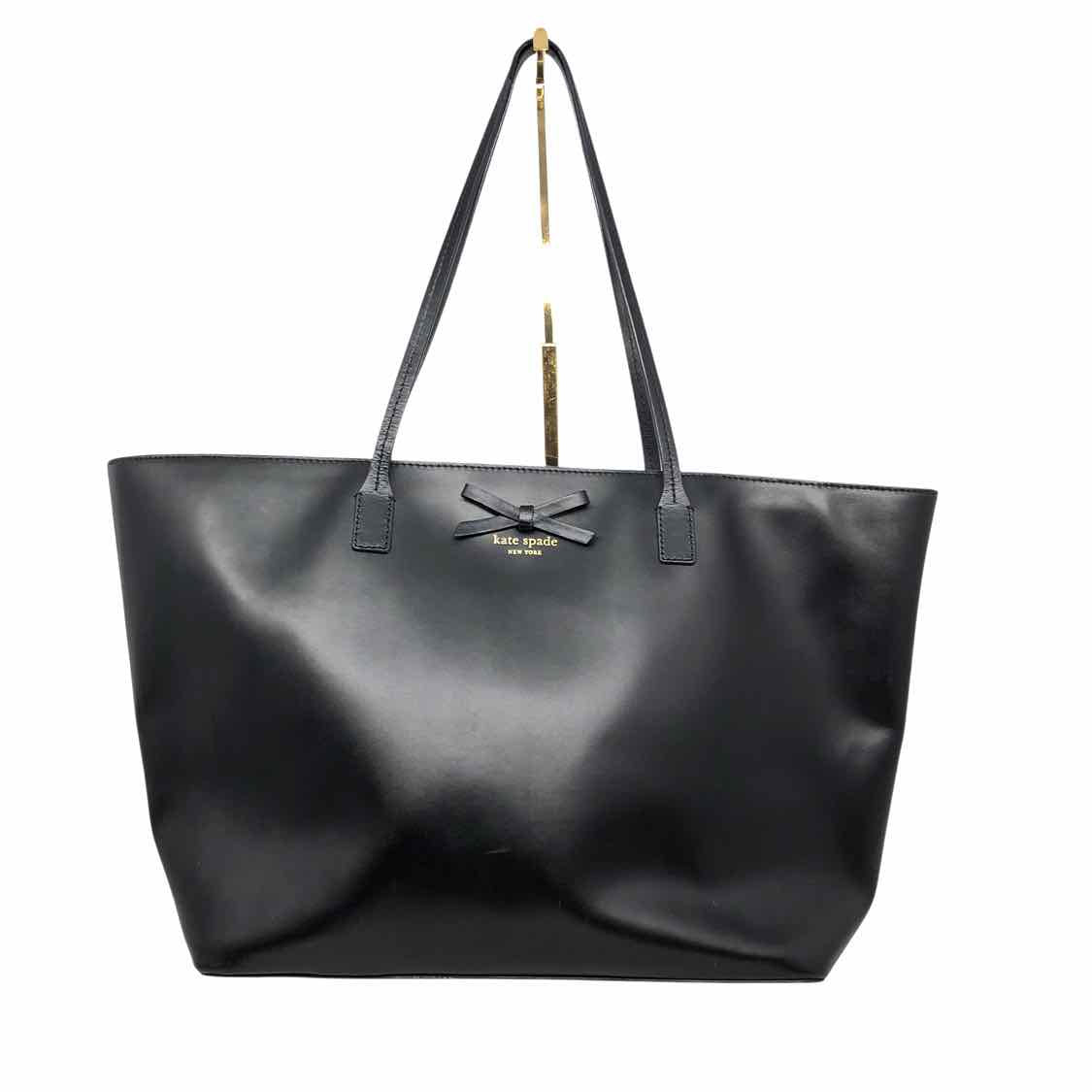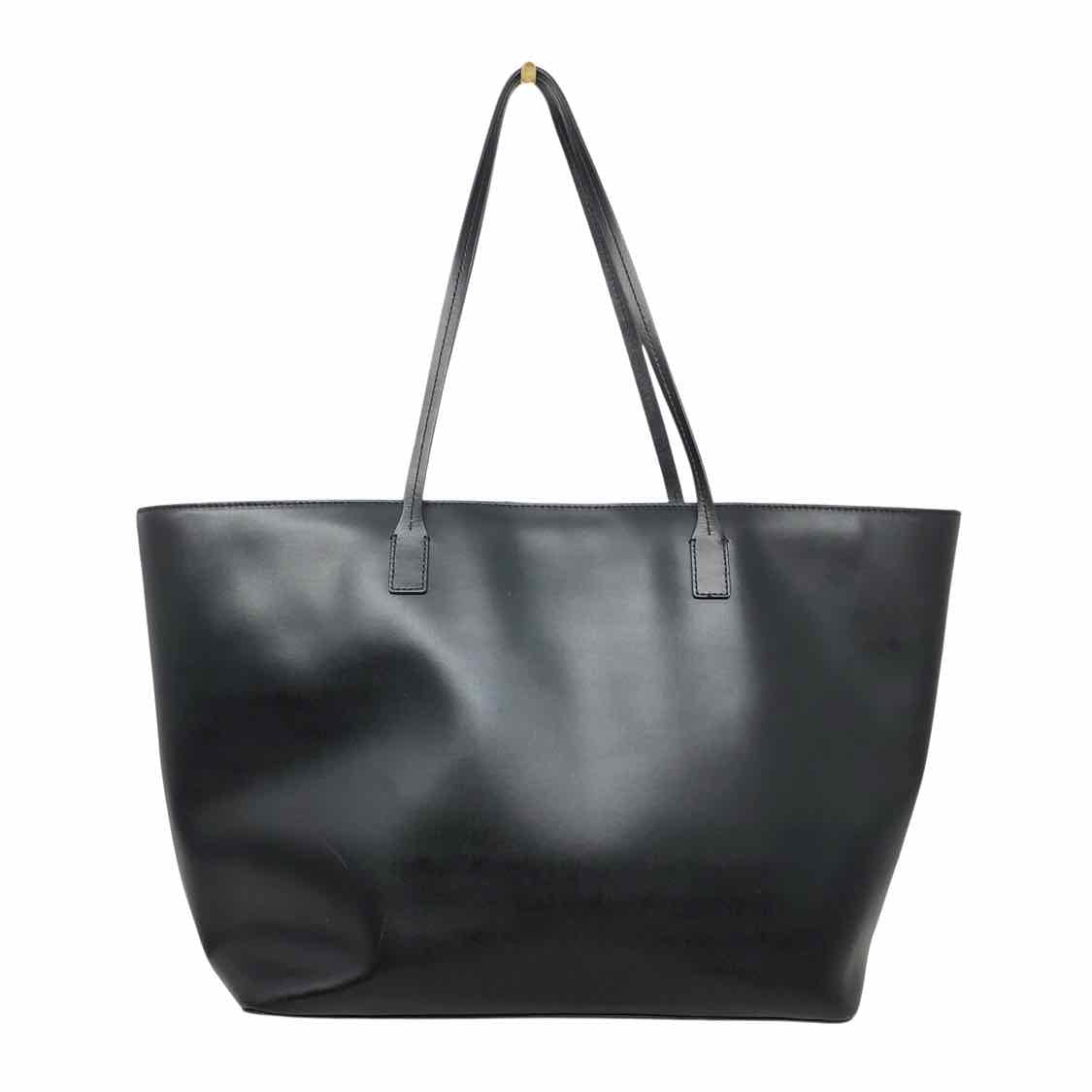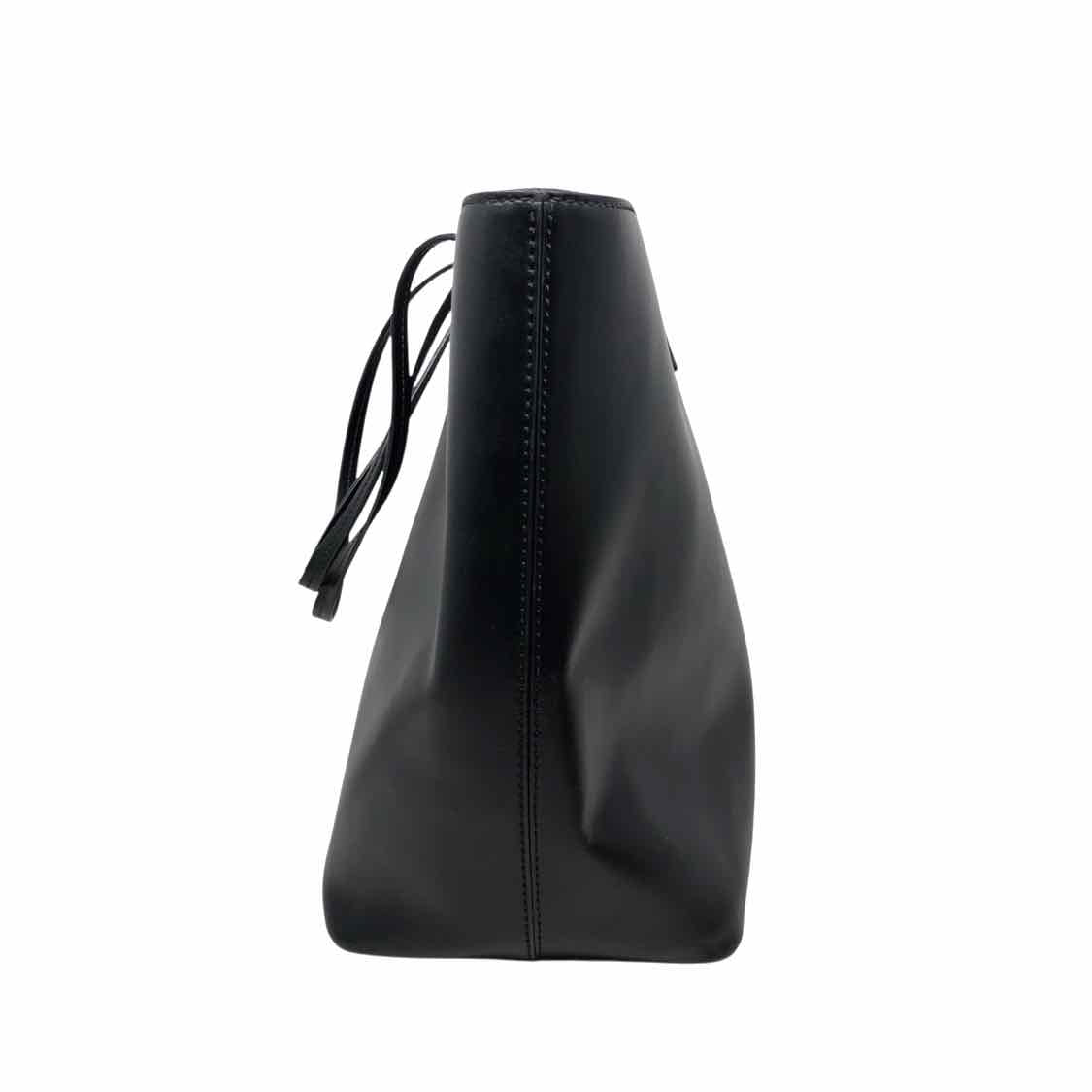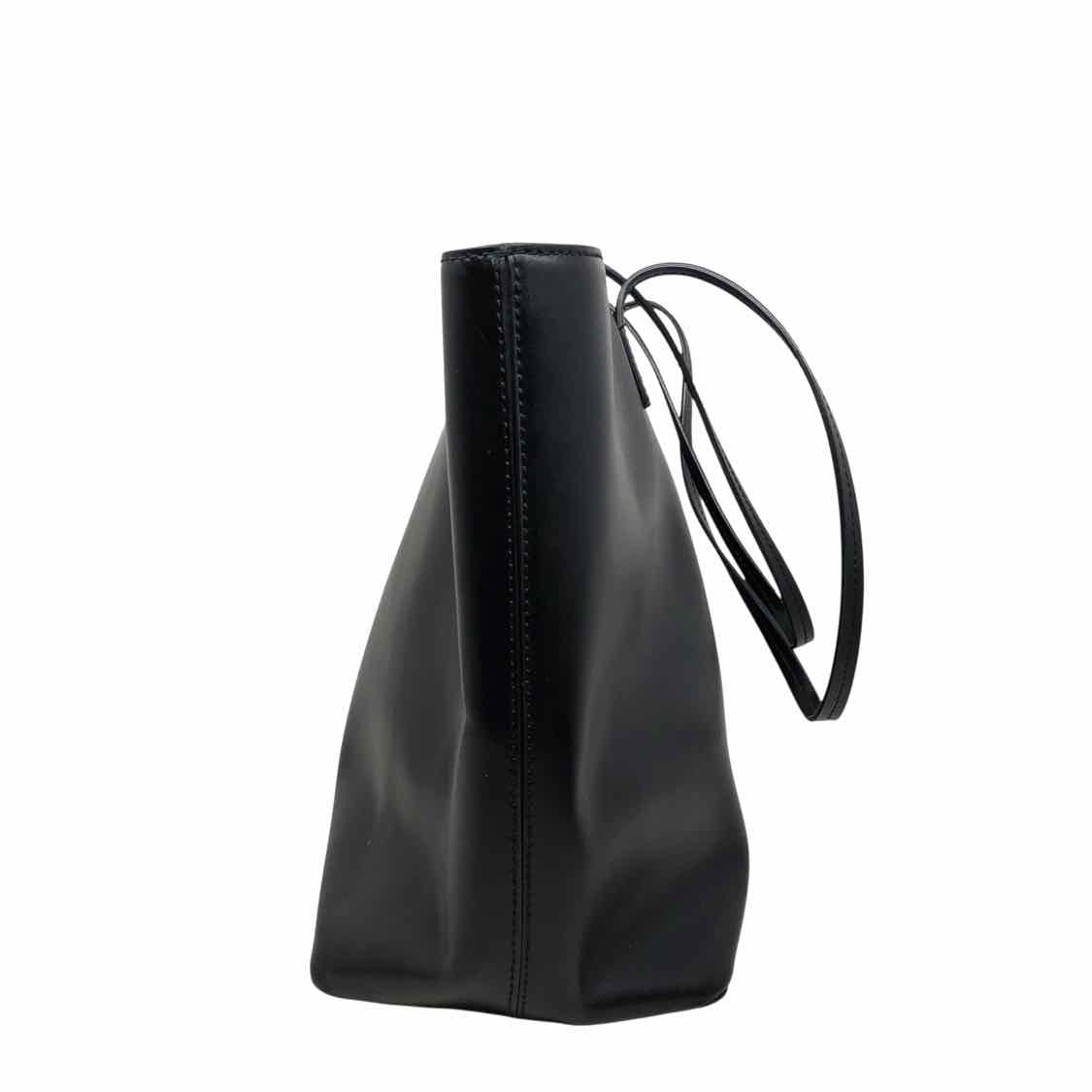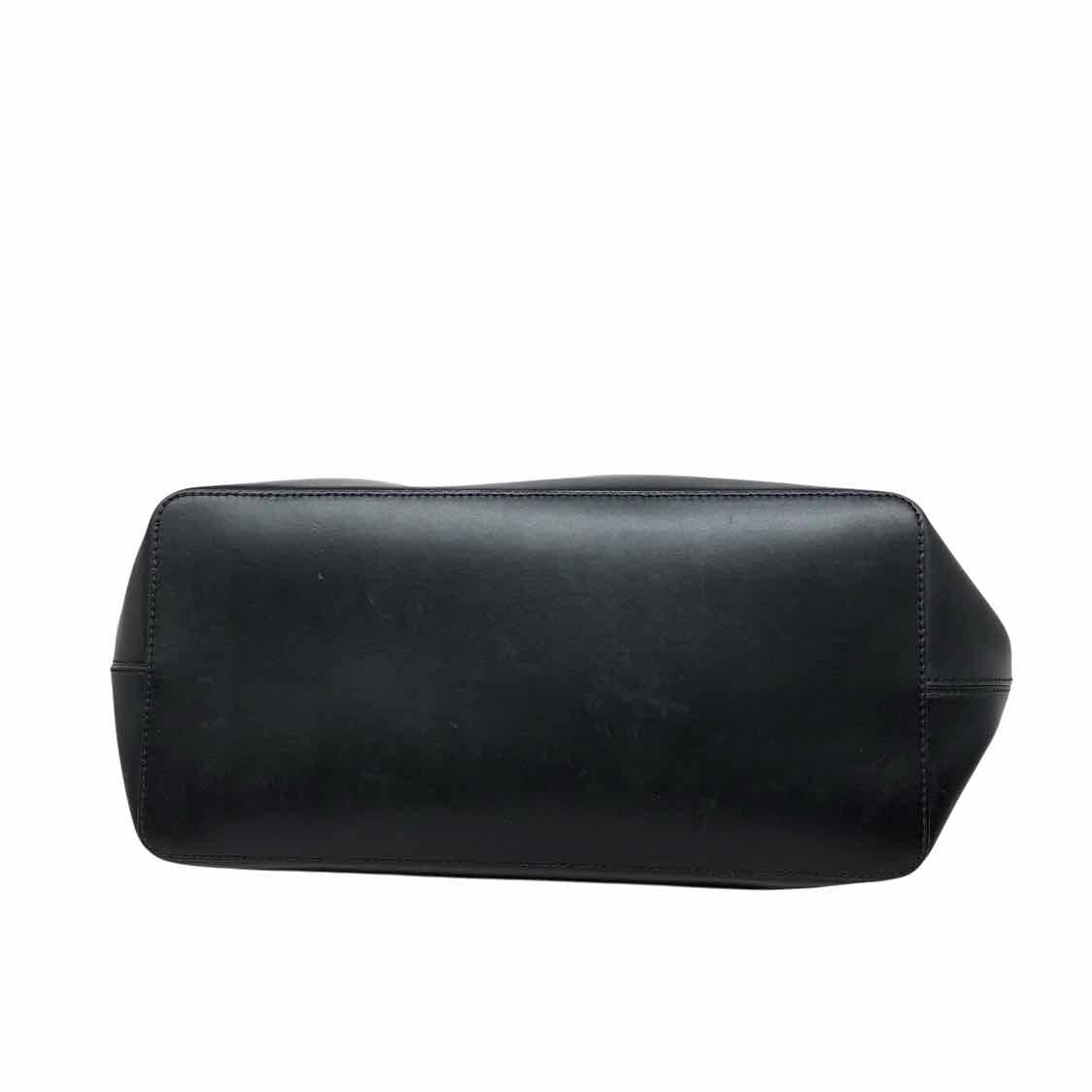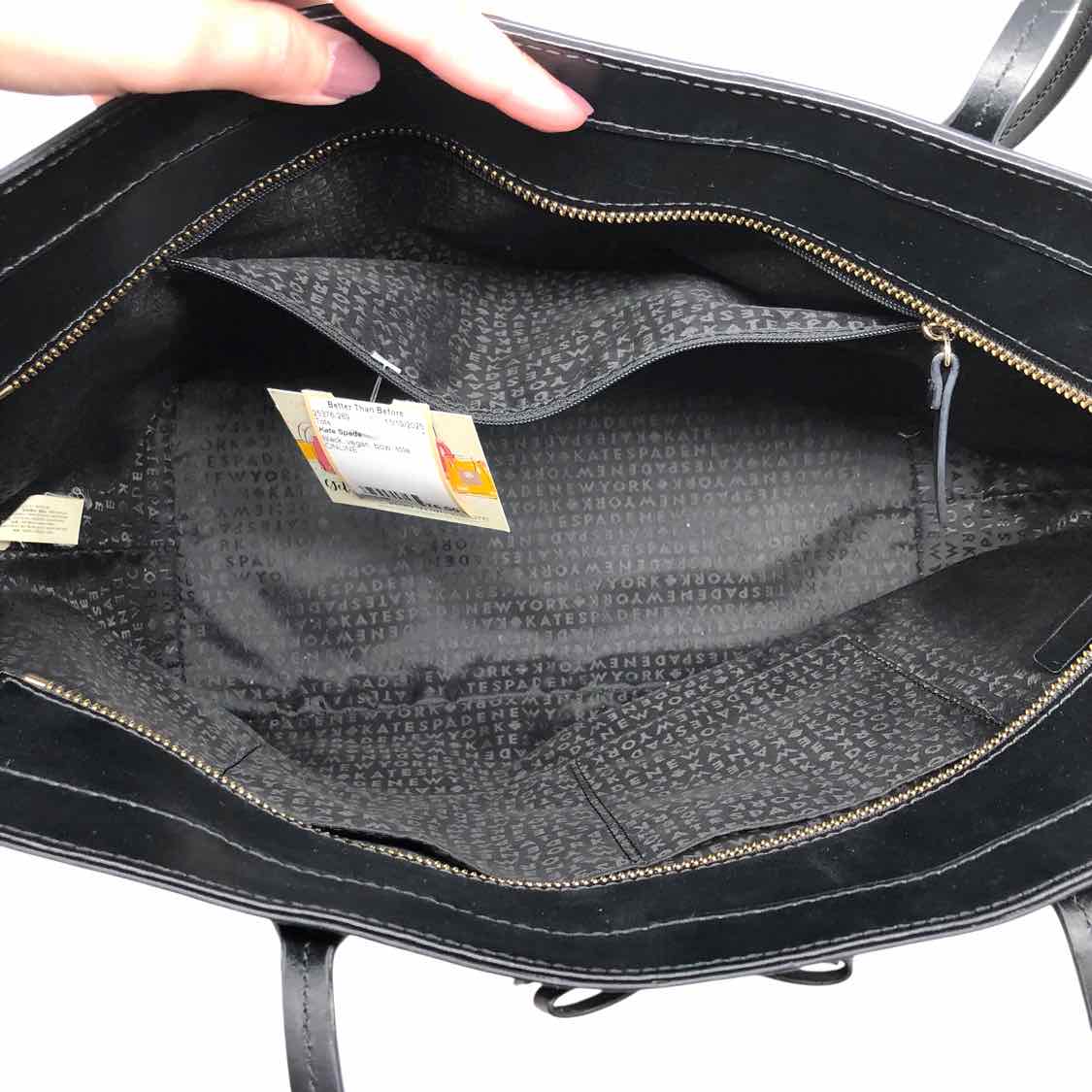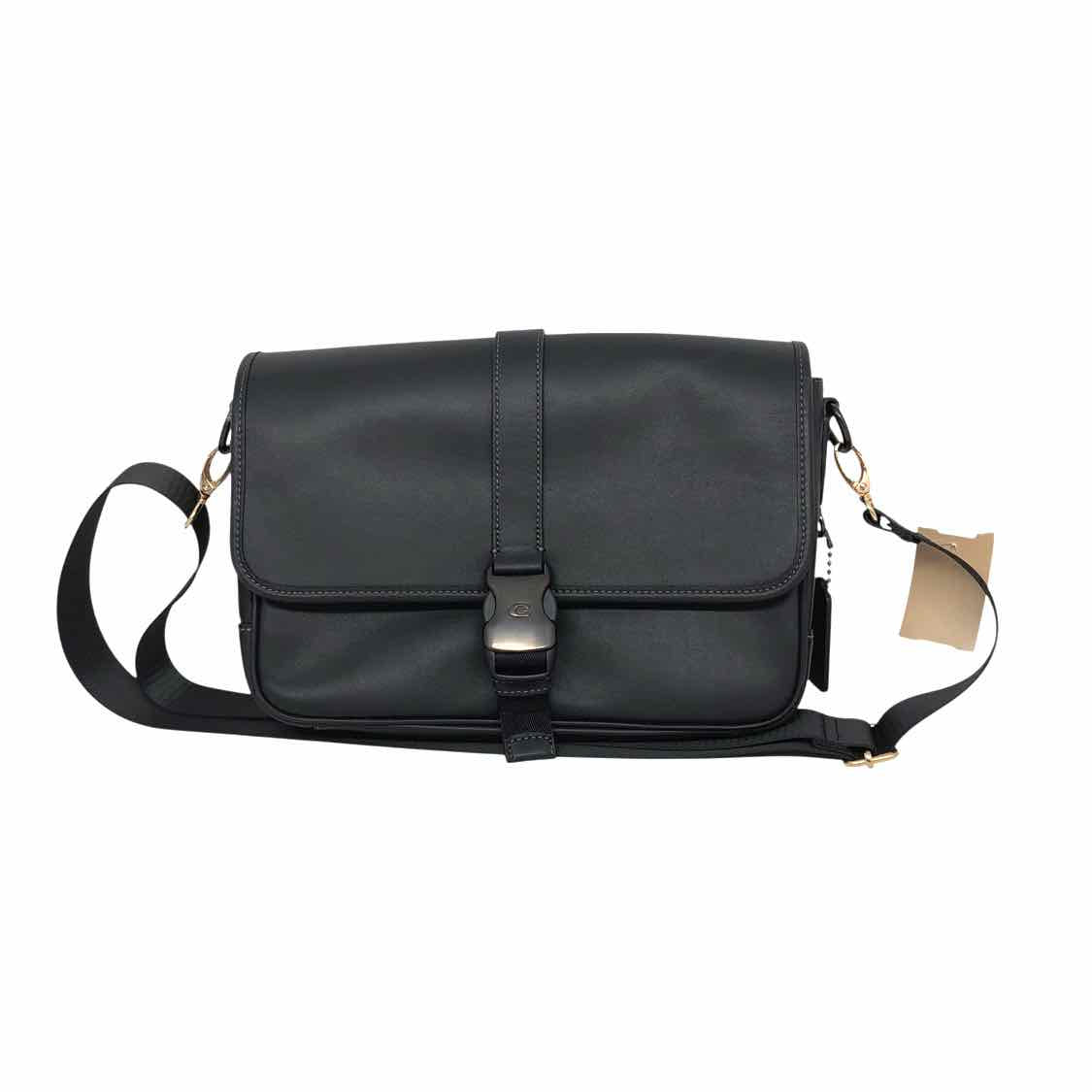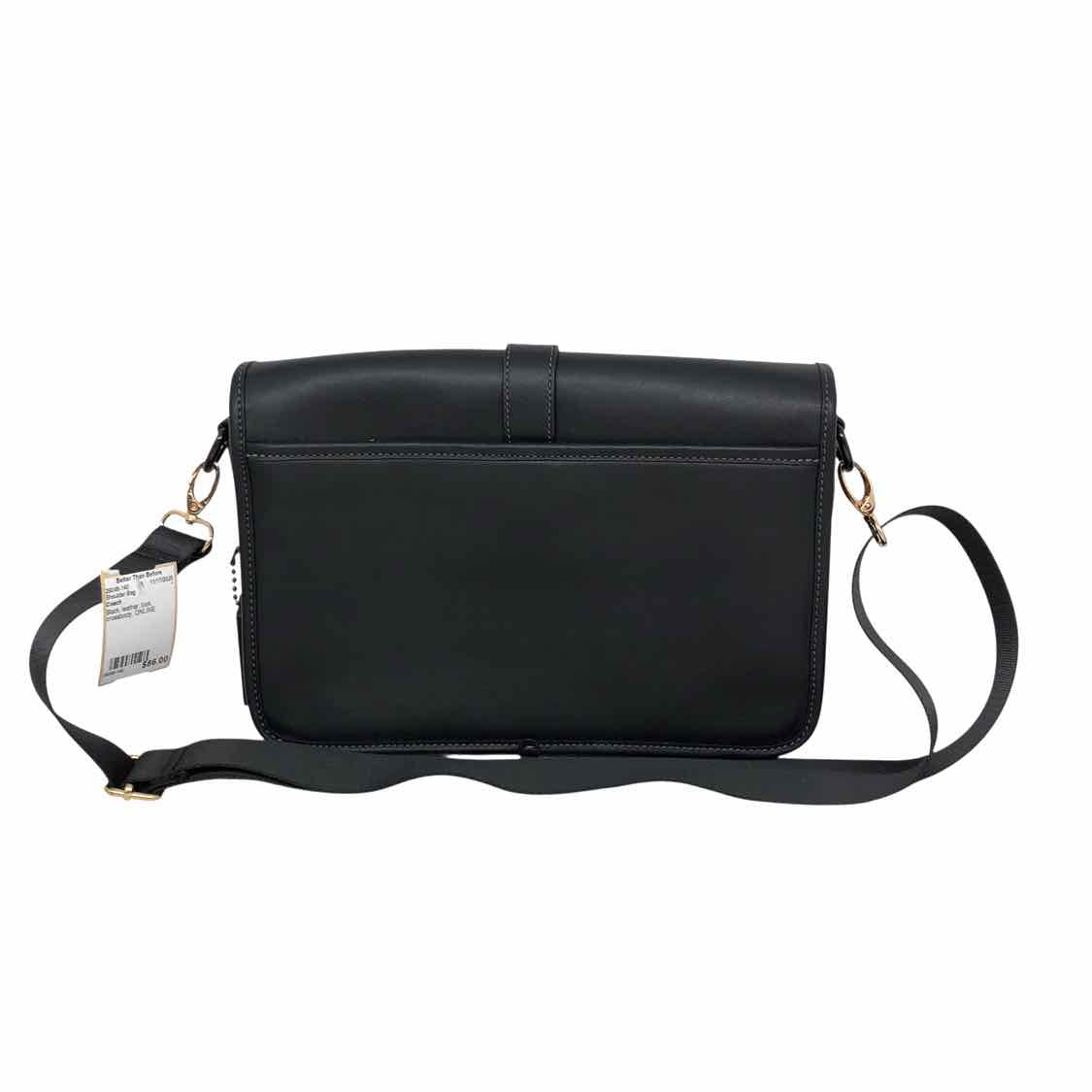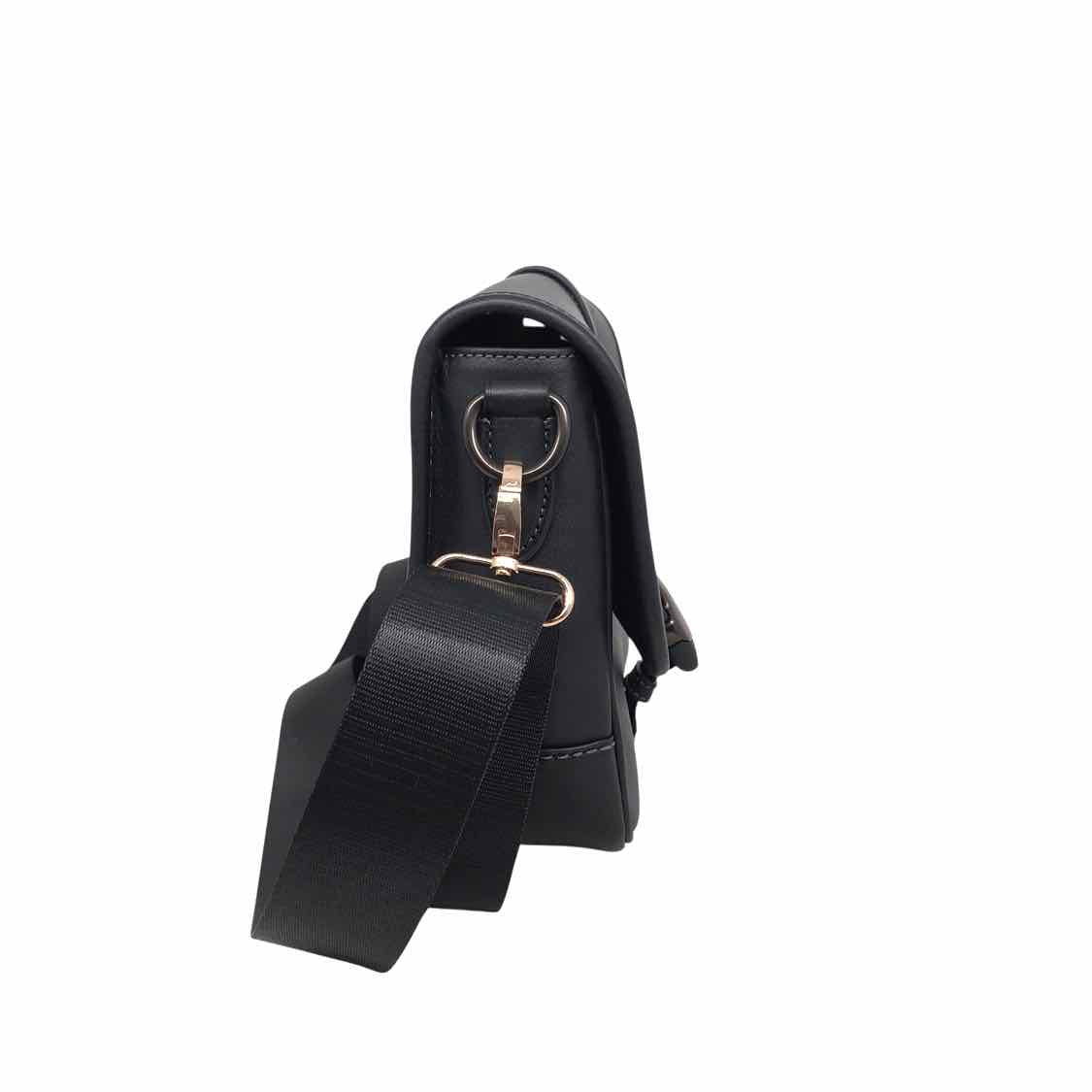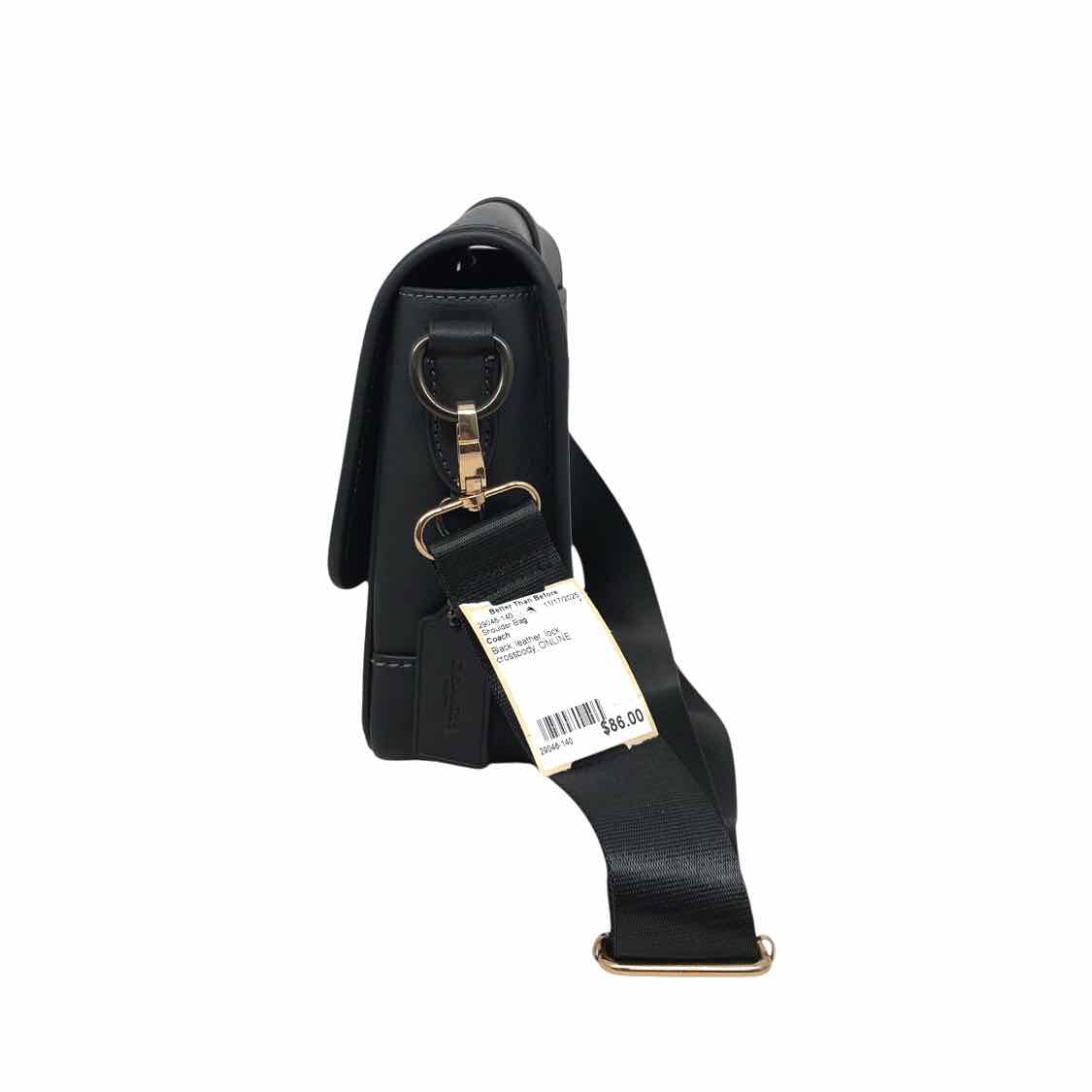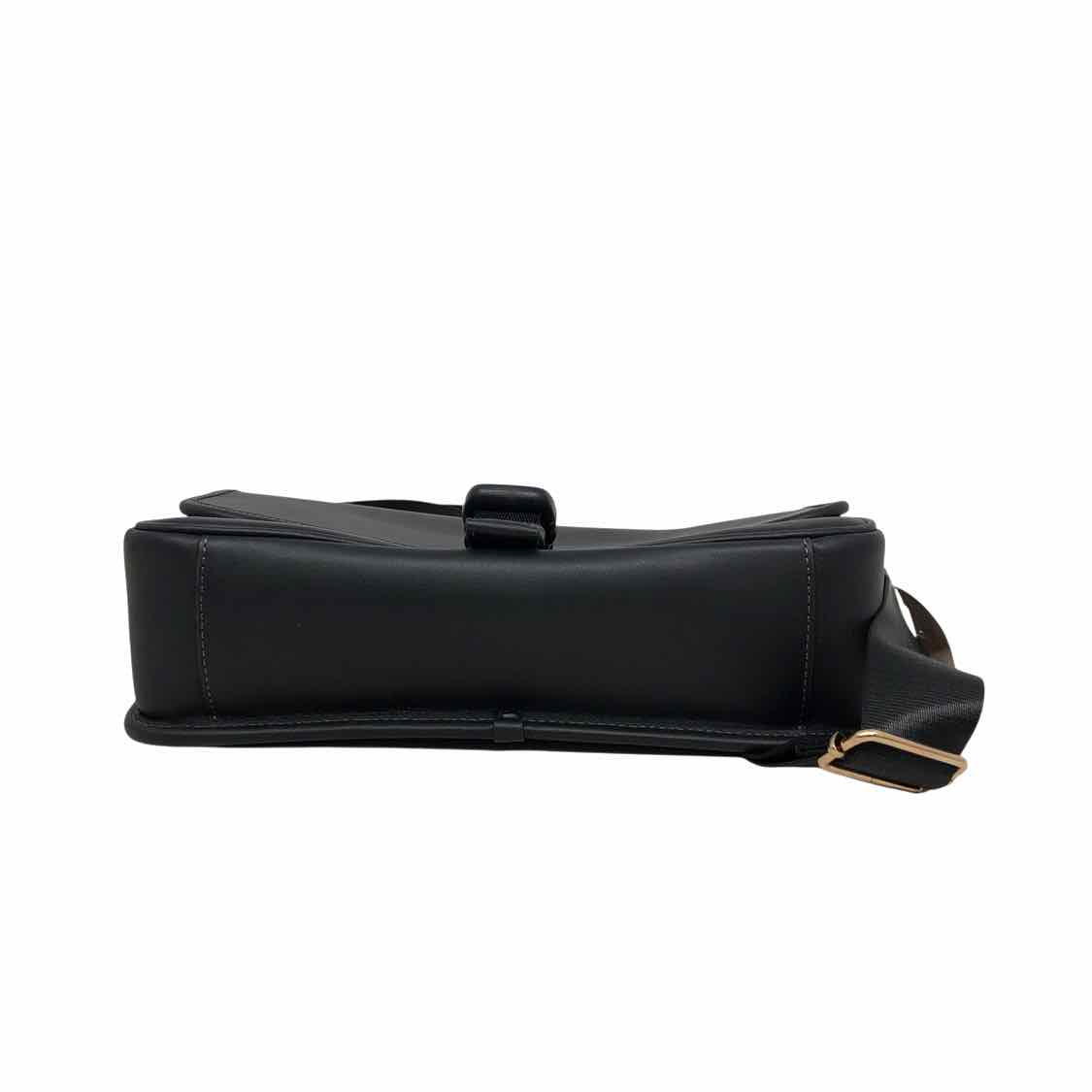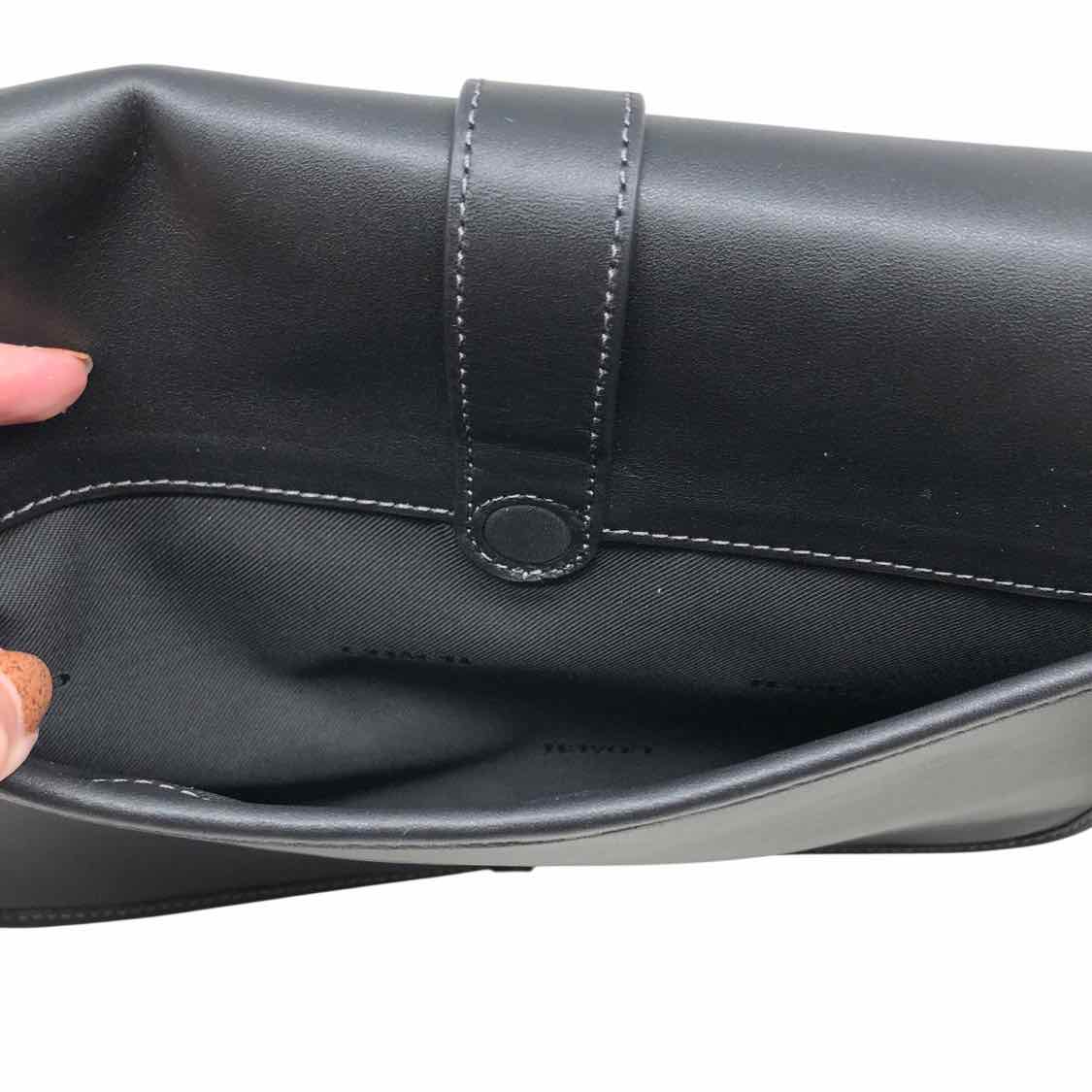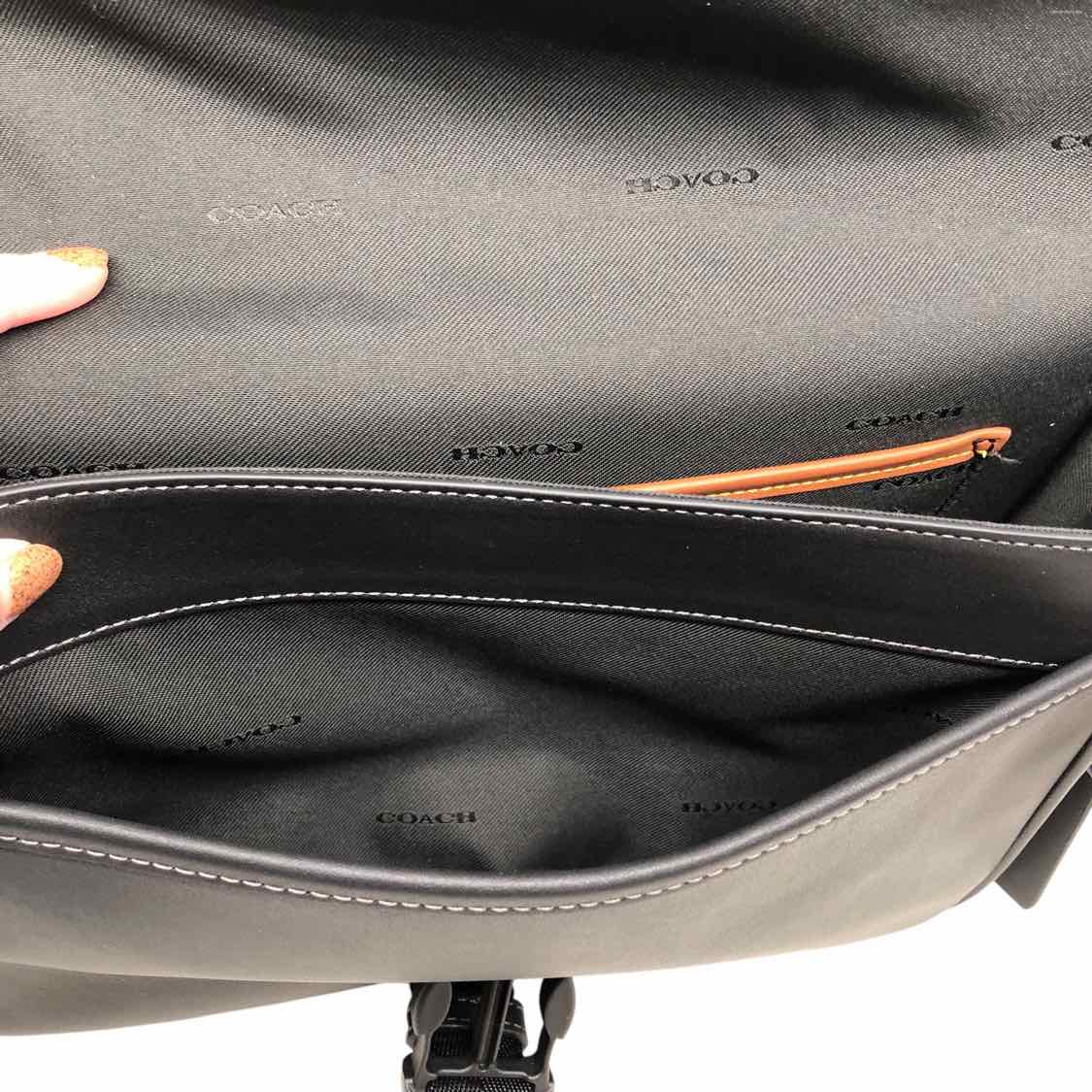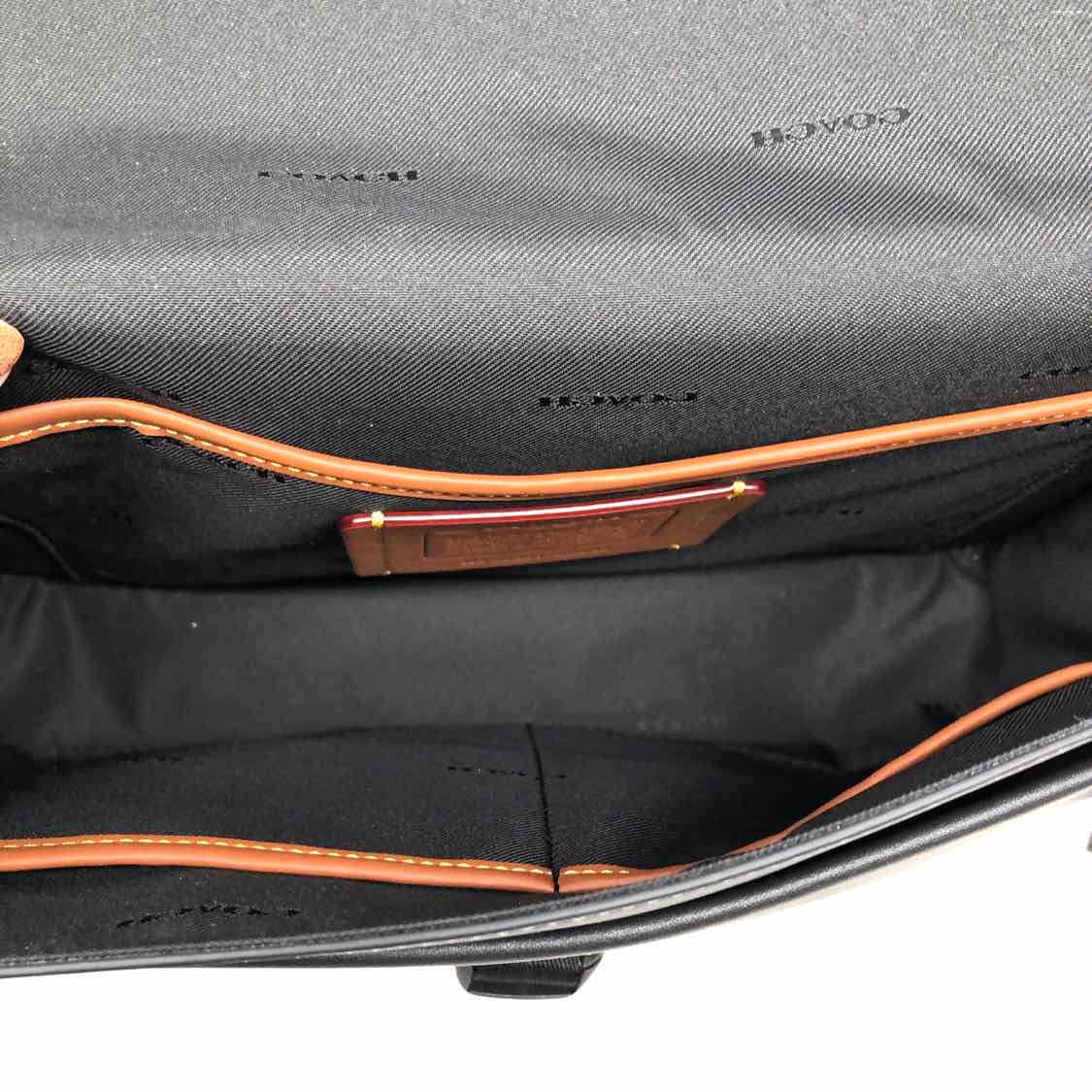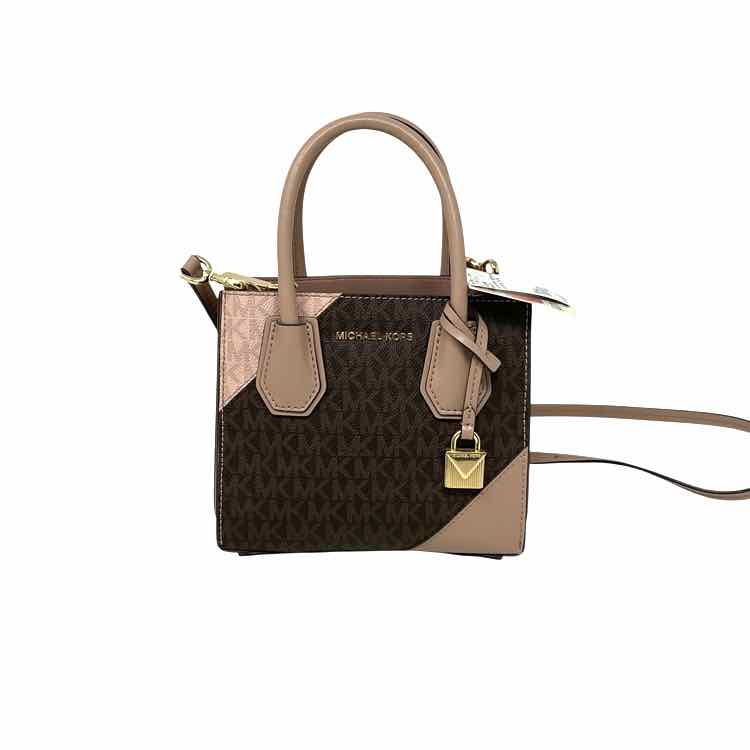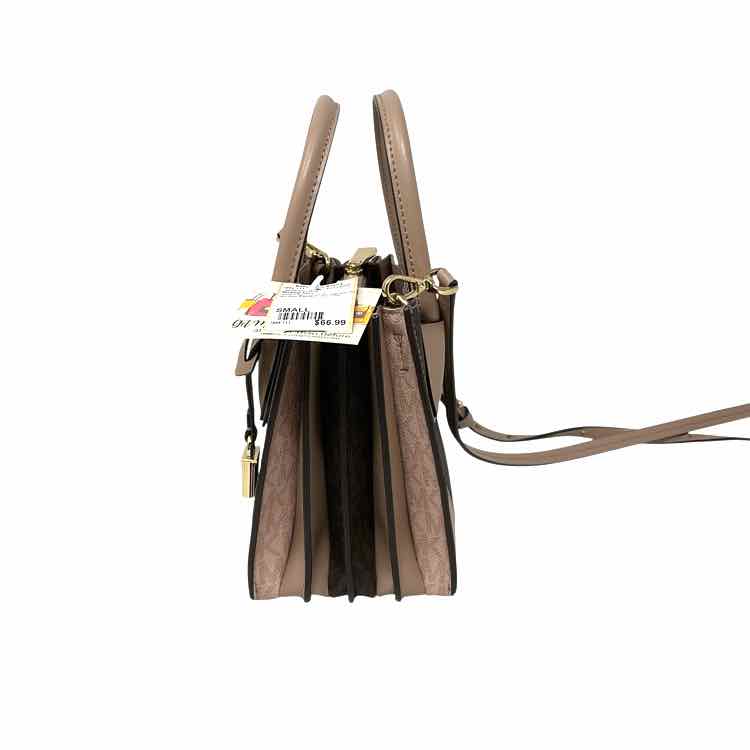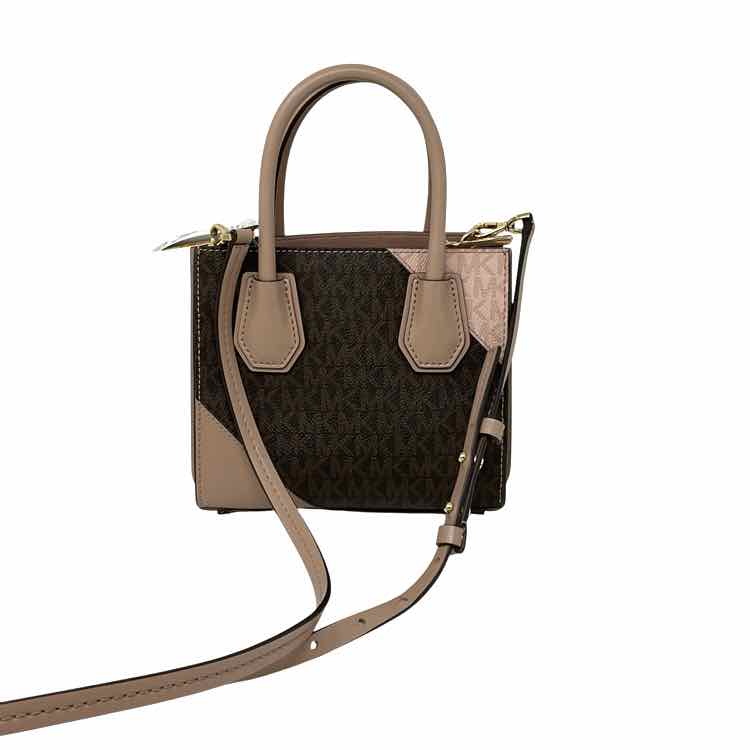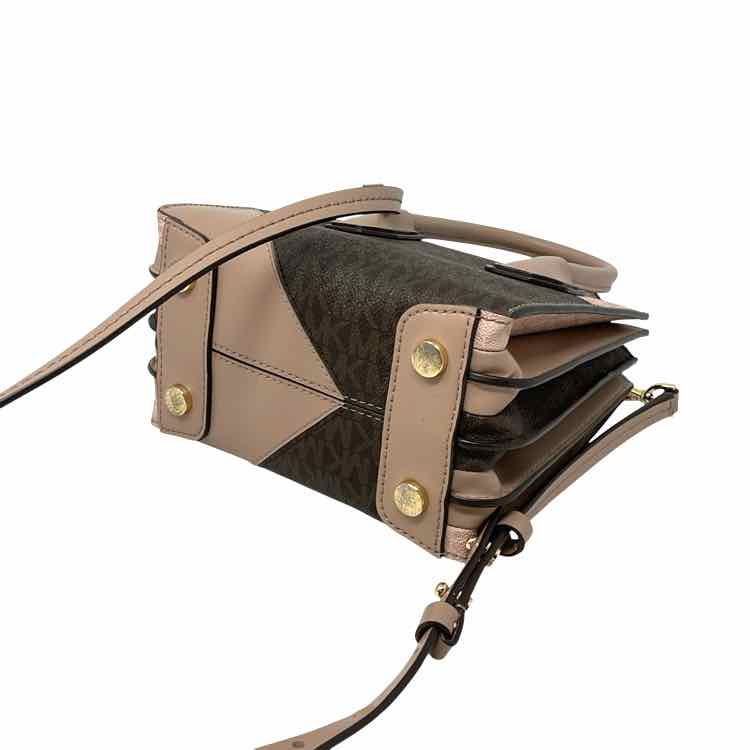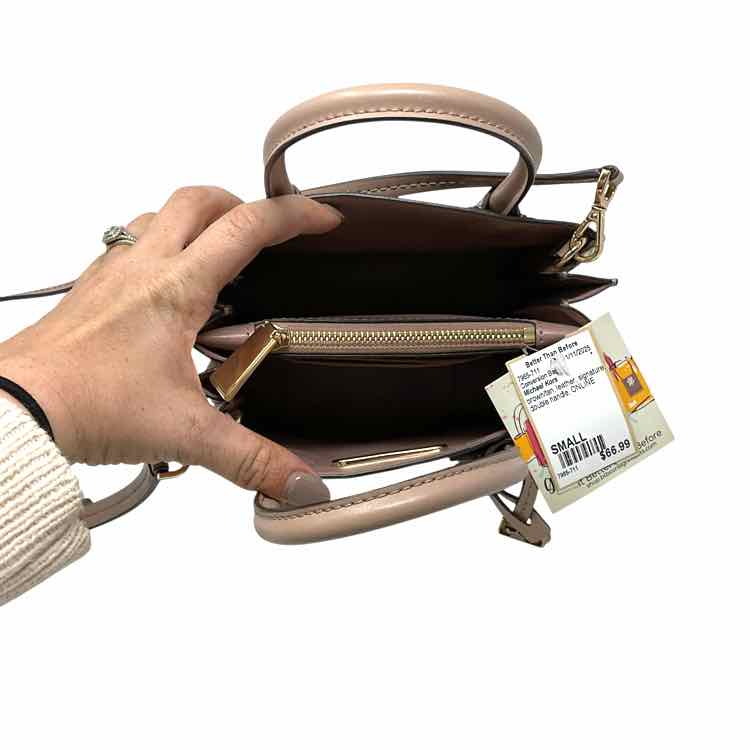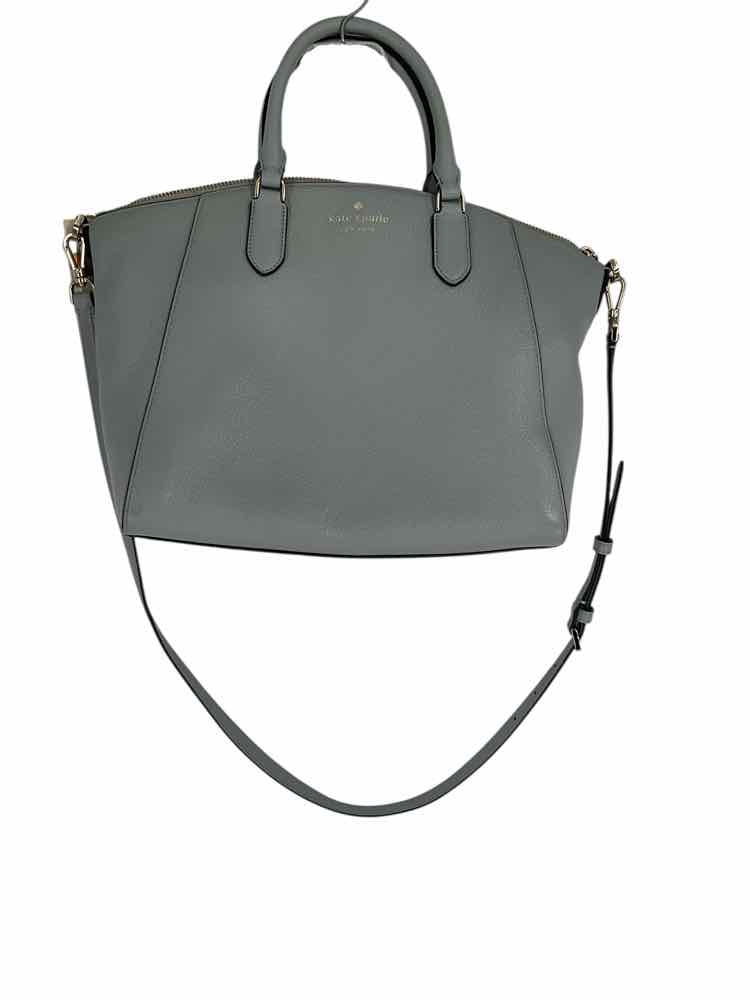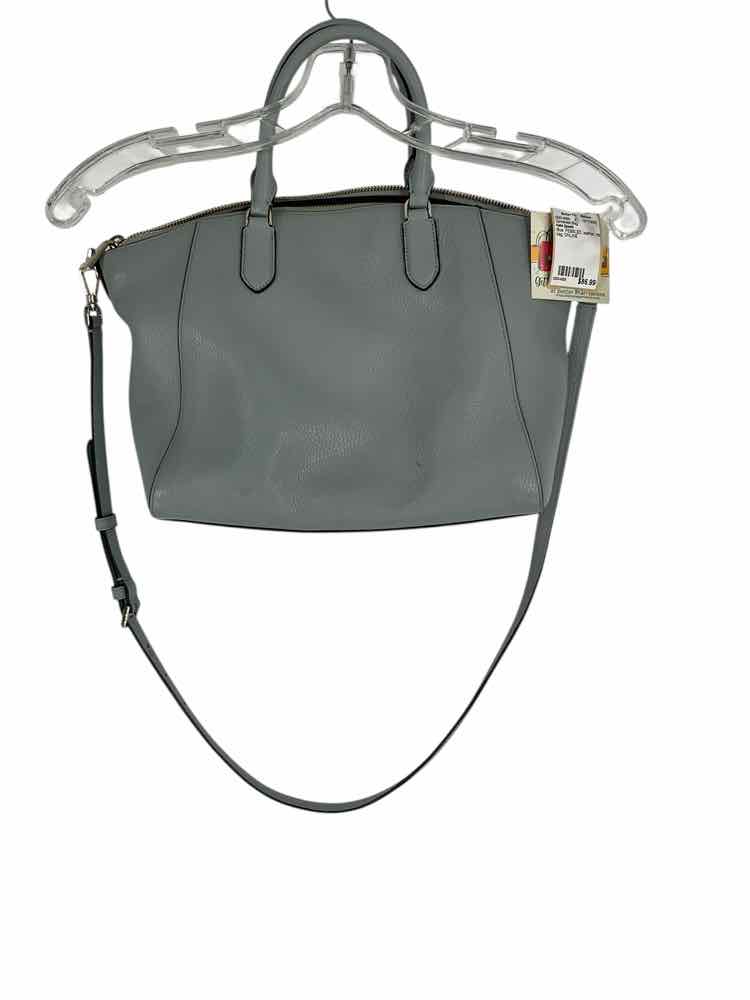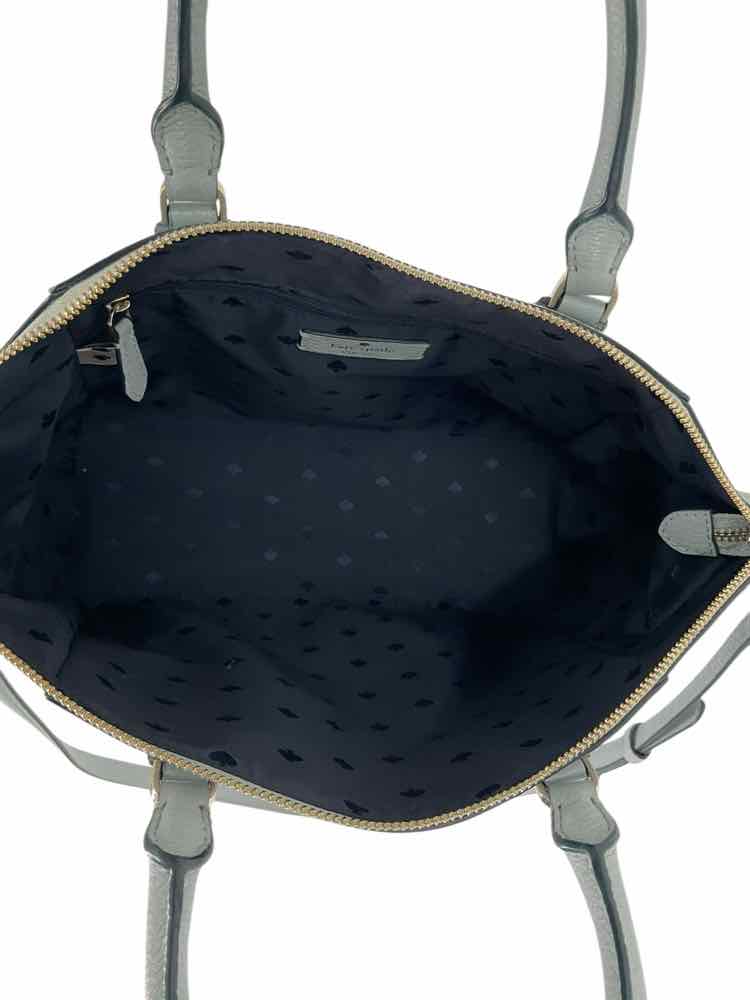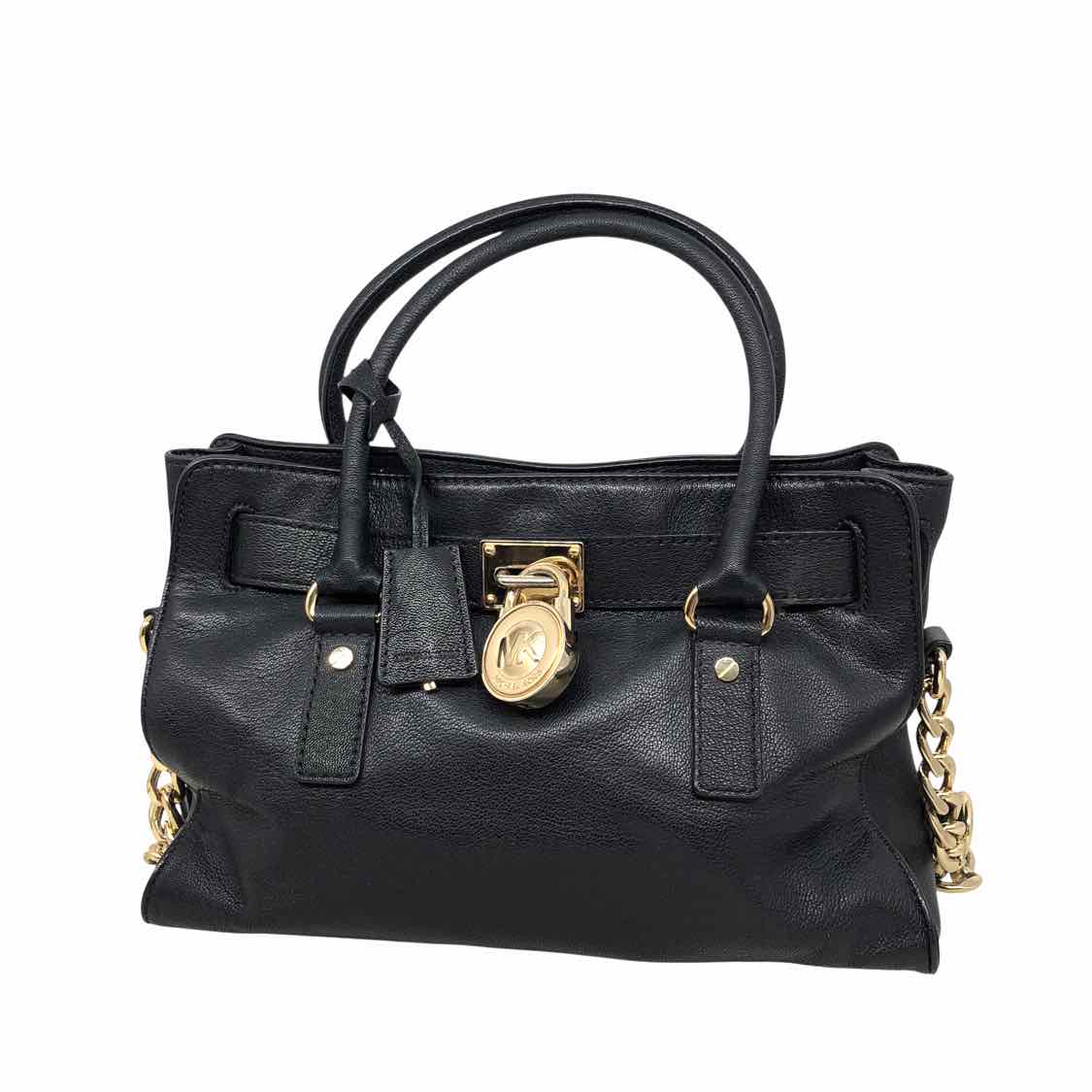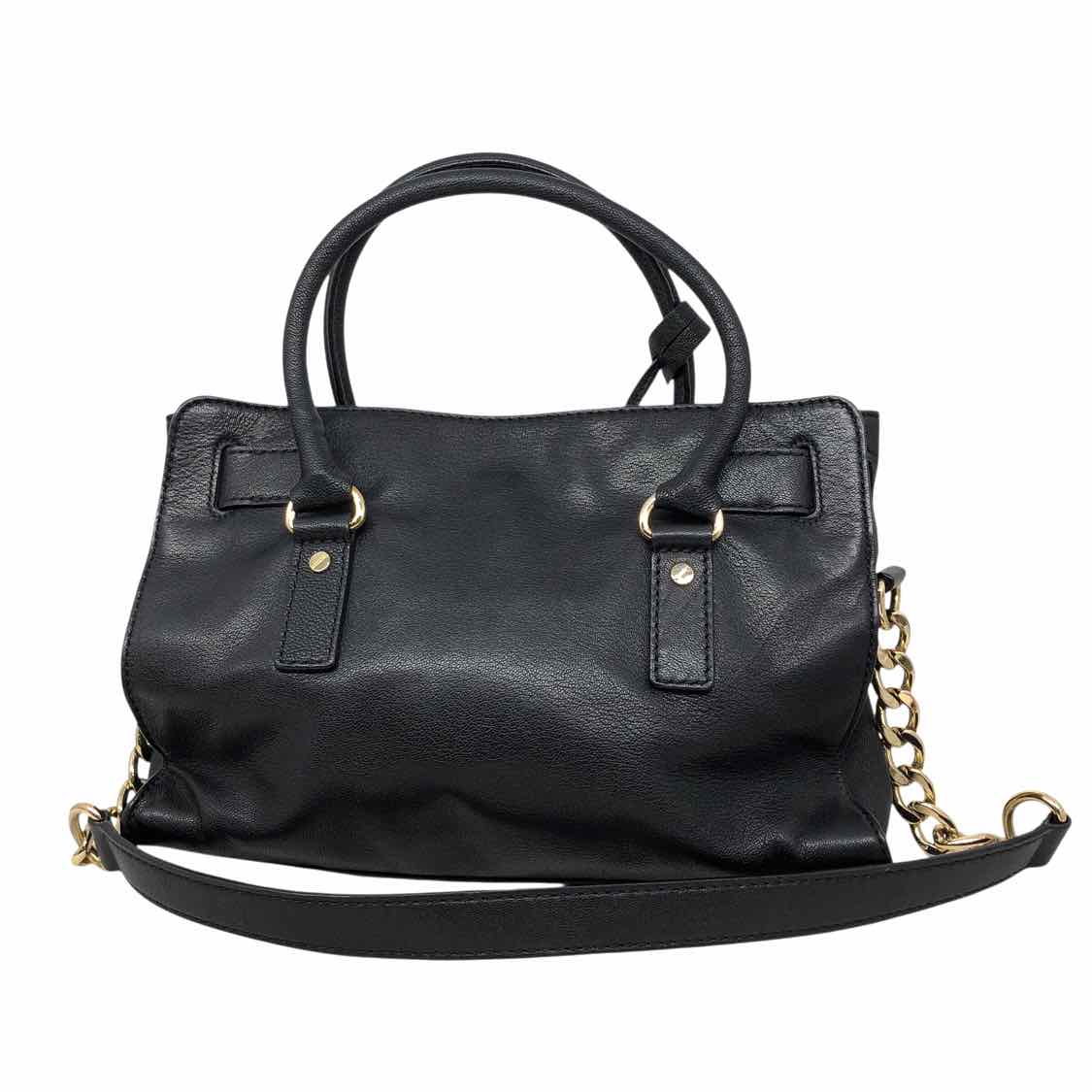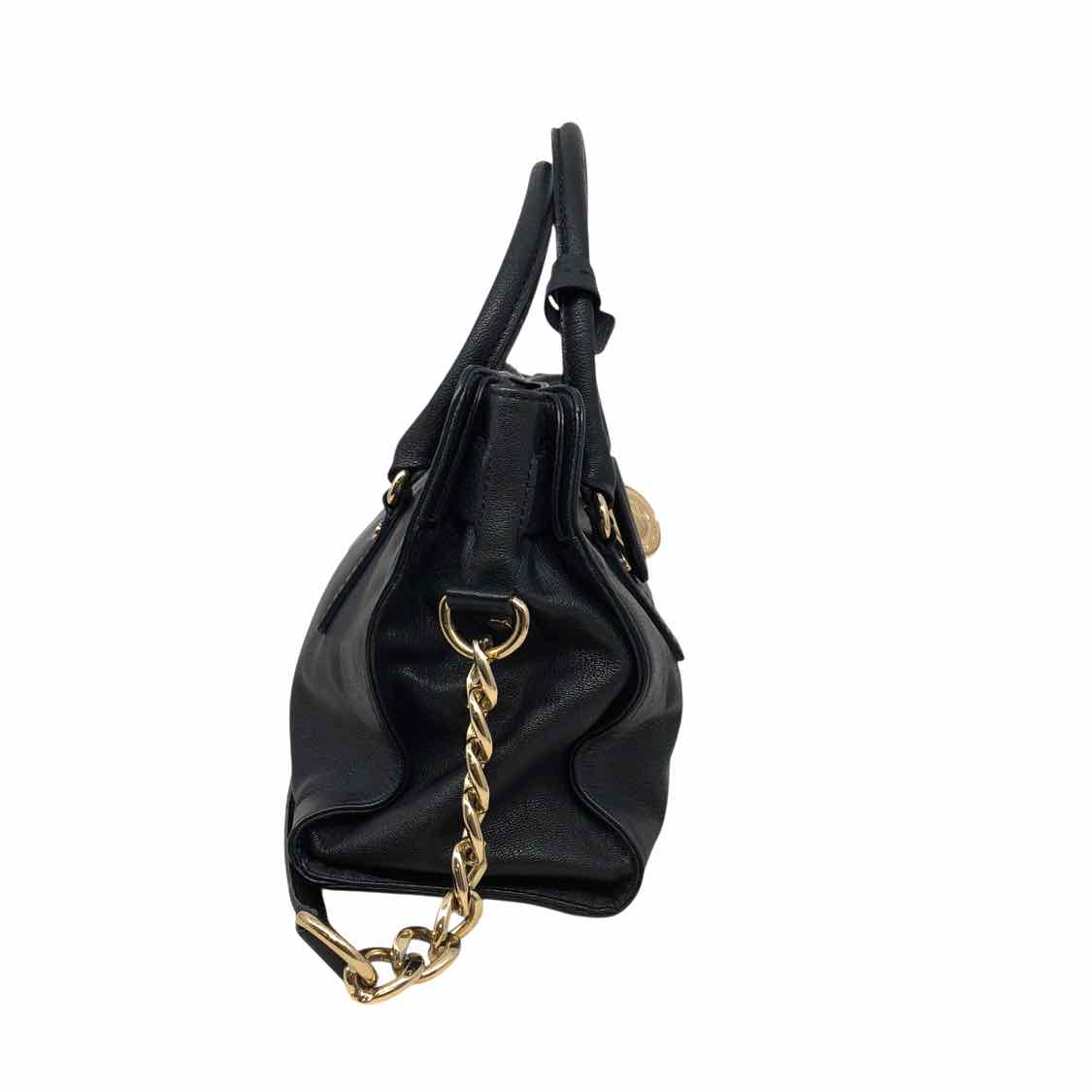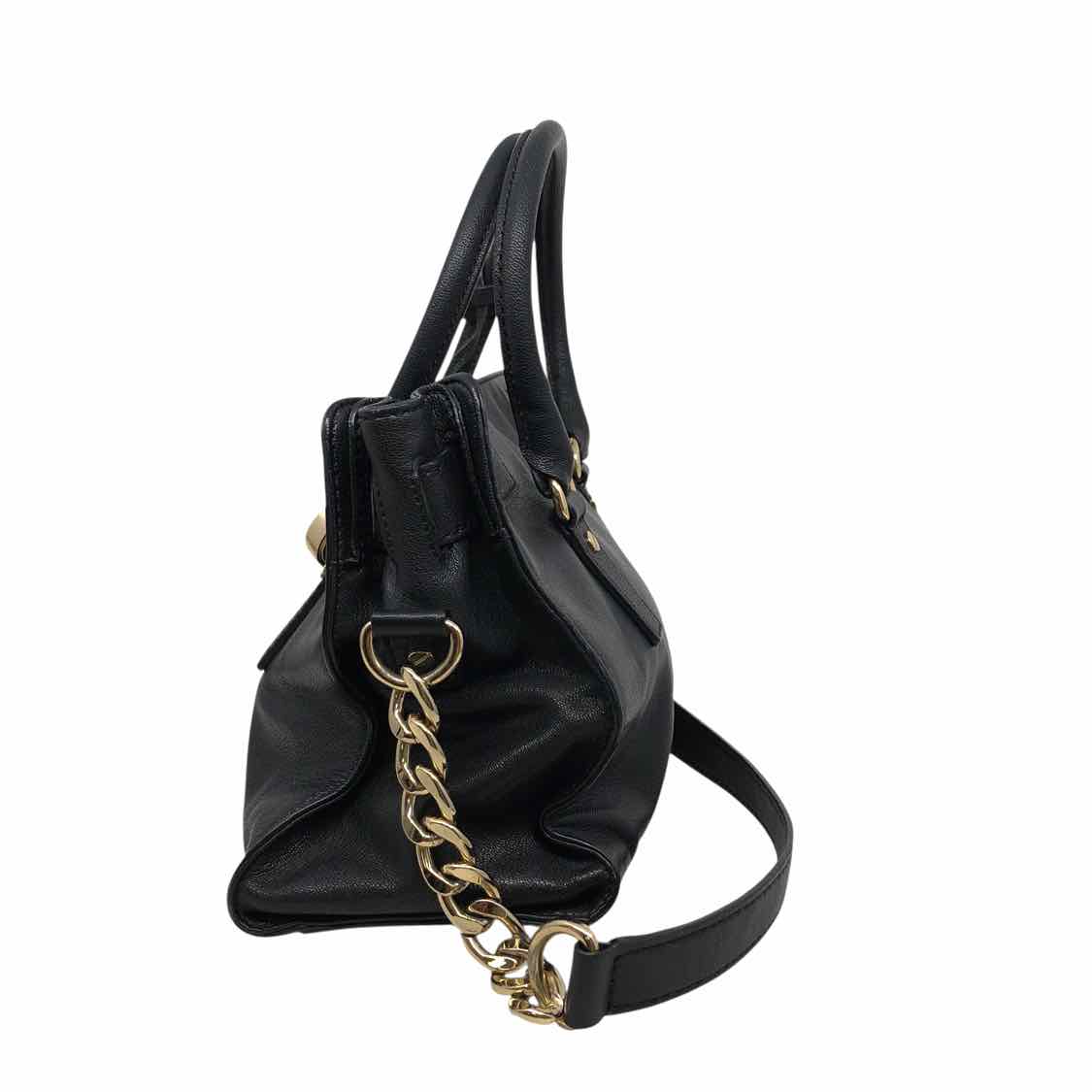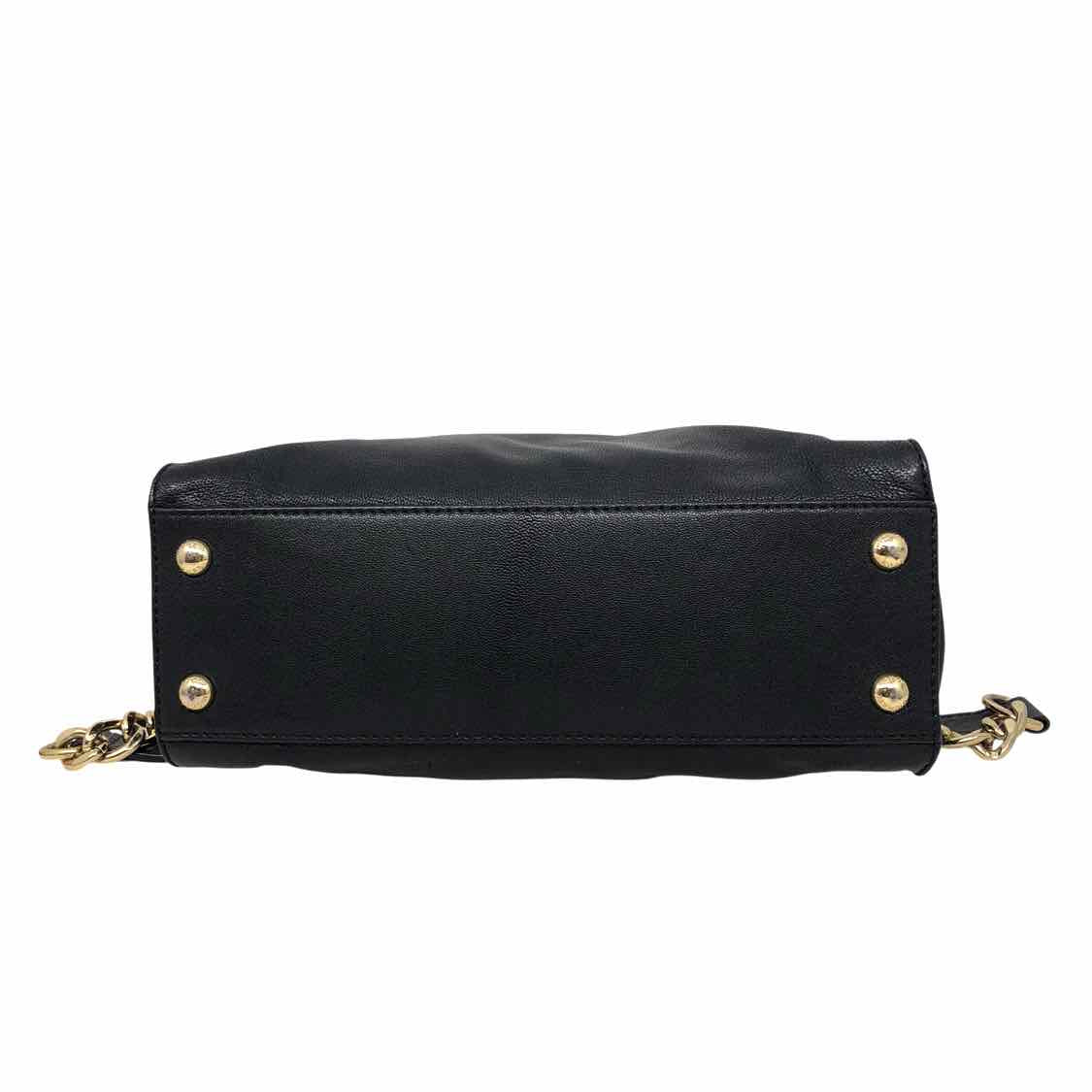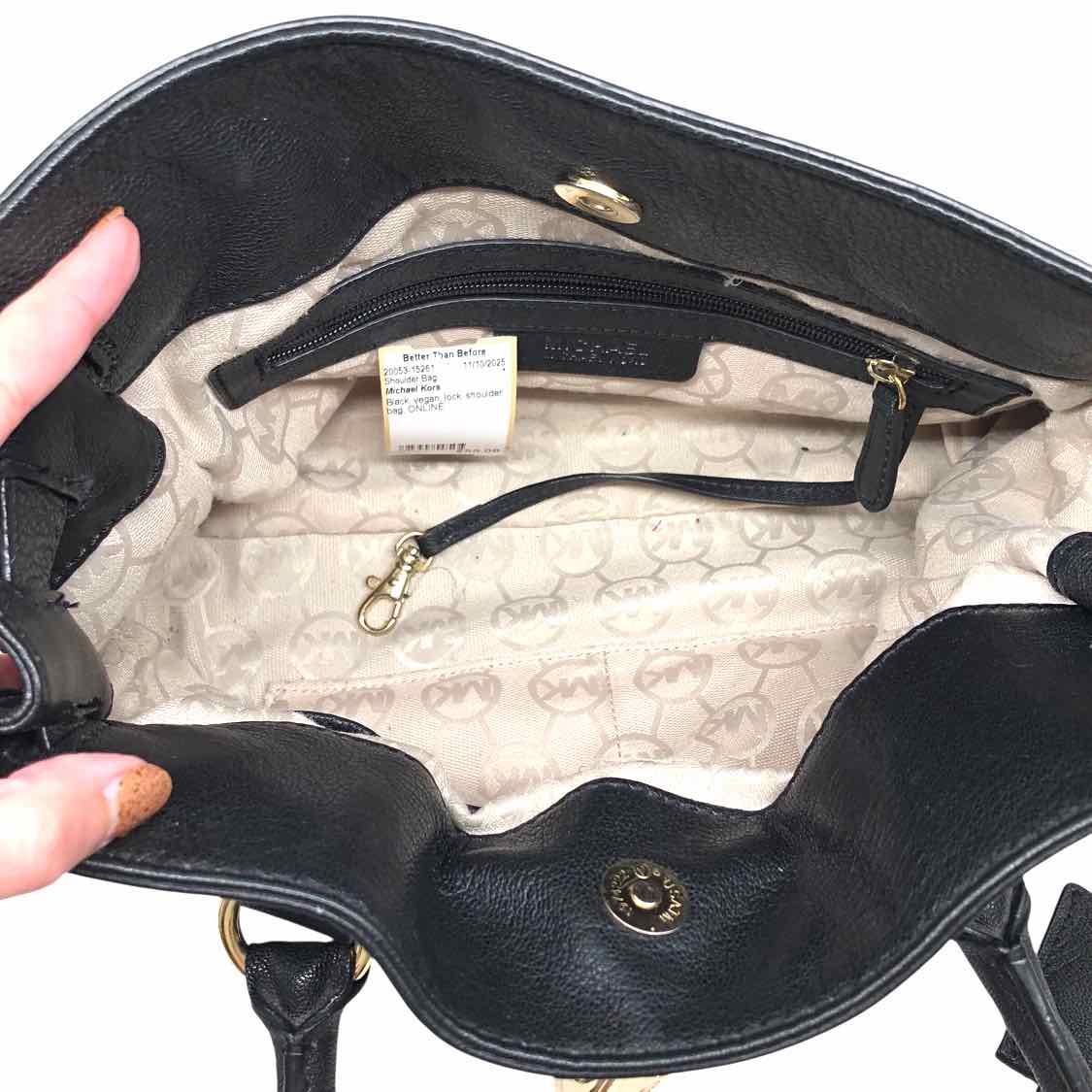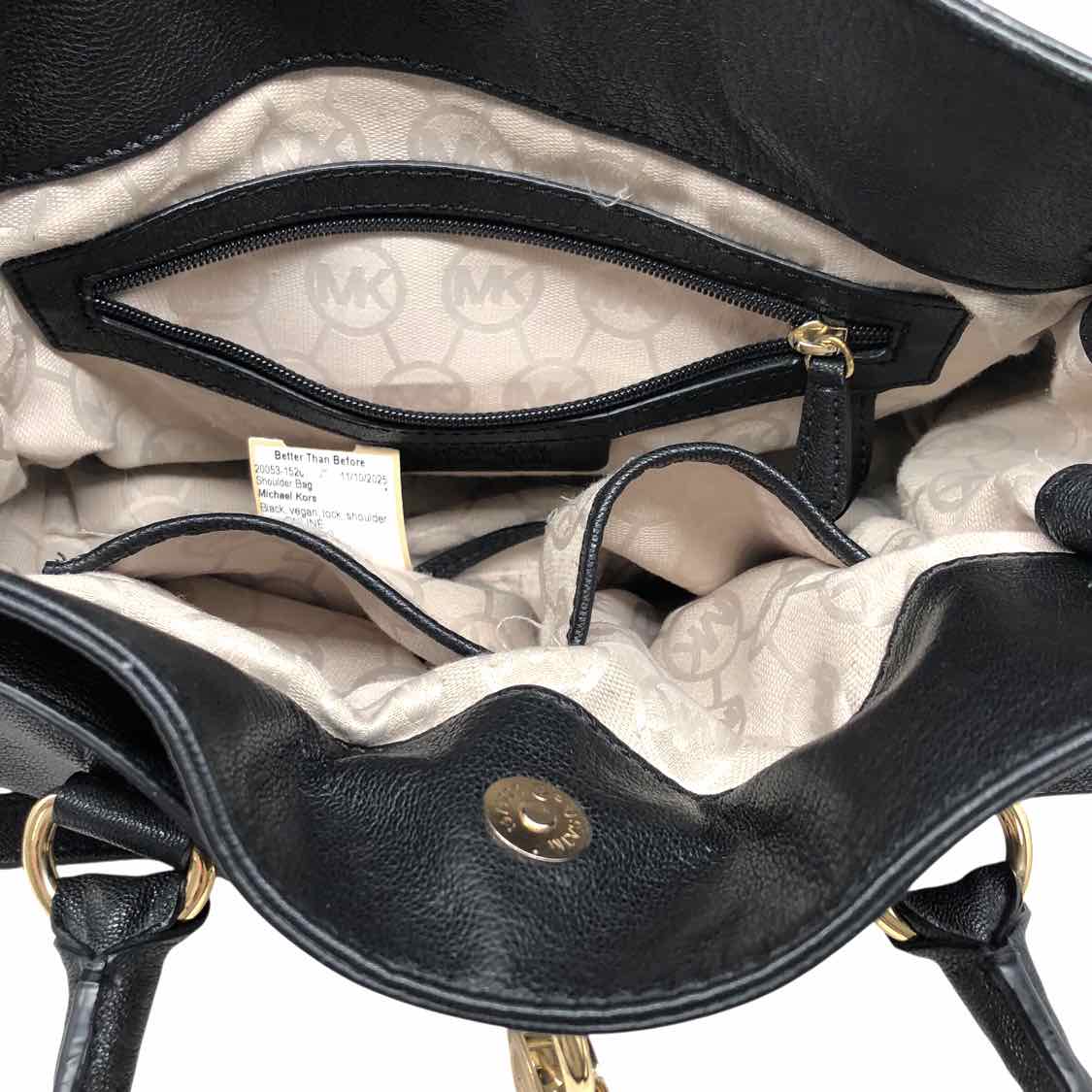LOUIS VUITTON AUTHENTICITY
Louis Vuitton, a name that screams luxury and craftsmanship, has captivated fashion lovers for over a century. This iconic French fashion house was founded by Louis Vuitton in 1854 and is about impeccable design, innovation, and timeless elegance. It all started with Louis Vuitton's game-changing invention—the flat-topped trunk—that turned luggage design upside down and paved the way for the brand's incredible success.
Unfortunately, the market is flooded with fake replicas trying to copy the brand's unique designs and craftsmanship. In this article, we'll give you the knowledge and insights to tell apart genuine Louis Vuitton pieces from fakes. Let's dive into the world of Louis Vuitton authentication and uncover the secrets behind the brand's timeless appeal.
THE ICONIC SYMBOL: DECODING LOUIS VUITTON'S LOGO AND BRANDING
The emblem of Louis Vuitton, known as the LV monogram, holds great significance as a fashion symbol. It was created by Georges Vuitton, Louis Vuitton's son, to display his father's initials on the canvas proudly. This iconic monogram was established as the official identity of the brand in 1896.
In addition to the monogram, the Louis Vuitton logo incorporates a Japanese-inspired flower design, adding a unique touch to its overall aesthetic. The brand offers a versatile monochrome version of the logo that complements various surfaces and backgrounds and an elegant gold-like color that embodies the essence of luxury. Louis Vuitton also features stylized flower emblems, such as one with pointed petals in a black rhombus and another in a rounded shape within a solid circle. These distinctive logos can be found adorning Louis Vuitton's exclusive leather and textile goods.
Over the years, the Louis Vuitton logo has remained unchanged, except for a minor alteration—removing the brand's name from beneath the monogram.
When examining a Louis Vuitton piece, paying attention to the logo is crucial. Ensure that it matches the official Louis Vuitton logo design and observe the consistency of its elements and proportions. By doing so, you can confirm its authenticity and verify that it adheres to the recognized and established Louis Vuitton logo.
EXQUISITE FINISHING TOUCHES: EXPLORING LOUIS VUITTON'S HARDWARE
Louis Vuitton offers various hardware designs, including their renowned LV Circle and LV Twist closures. Since 1991, all Louis Vuitton bags have been adorned with exceptional gold brass hardware featuring the iconic "LV" logo, representing the brand's rich heritage. Older bags may feature Swiss-made or ECLAIR zippers. In contrast, newer ones, especially those with colored zippers, might incorporate YKK-branded zippers.
The rivets and studs on Louis Vuitton pieces boast pleasing rounded shapes and are embossed with either "Louis Vuitton" or "LV."
It is important to note that all hardware on Louis Vuitton pieces should possess a substantial weight and bear the stamped Louis Vuitton logo. While the specific metal finishes may vary depending on the particular design, the quality should always be exceptional throughout the piece.
TESTAMENT TO CRAFTSMANSHIP: THE ART OF STITCHING IN LOUIS VUITTON
When verifying the authenticity of a Louis Vuitton piece, it is crucial to examine the stitching carefully. Louis Vuitton is renowned for its exceptional stitching, which sets a new standard of excellence. The stitches should be incredibly small, closely spaced, and meticulously executed. They employ various techniques, including saddle stitching, where two needles are used simultaneously to sew through each hole, ensuring exceptional durability.
In 2019, Louis Vuitton introduced the captivating "New Wave" collection, featuring exquisite quilting and a distinct stitching pattern different from their classic pieces. This collection exemplifies Louis Vuitton's commitment to pushing boundaries and embracing innovation while maintaining its iconic craftsmanship.
MATERIALS OF EXCELLENCE: APPRECIATING LOUIS VUITTON'S LEATHER AND CANVAS
Louis Vuitton demonstrates exceptional expertise in materials, utilizing only the finest options available. Their selection includes premium leather such as calfskin, lambskin, and even luxurious exotic skins like crocodile and alligator.
The brand is also renowned for its iconic patterns. The Damier Canvas made its debut in 1888, followed by the Monogram Canvas in 1896, both of which have withstood the test of time, becoming timeless classics.
In 2010, Louis Vuitton infused freshness into their collection by introducing new materials like Empreinte Leather. This exquisite leather boasts a unique textured pattern crafted from high-quality calfskin, resulting in a luxurious feel and exceptional durability. This commitment to material innovation sets Louis Vuitton apart from other luxury brands.
When examining the leather on Louis Vuitton pieces, it should possess a soft and smooth texture, free from any scratches or blemishes. As for the canvas, it should exhibit a substantial and durable texture. The design pattern on the canvas should remain consistent and sharp throughout the piece, devoid of fuzziness or fading. Here's a helpful tip: authentic Louis Vuitton canvas often features a slightly raised texture, adding to its distinctive appearance.
DECODING THE CLUES: SERIAL NUMBERS AND DATE CODES IN LOUIS VUITTON
Contrary to common belief, most Louis Vuitton handbags (excluding luggage and exceptionally rare limited-edition pieces) do not have serial numbers. Instead, they feature something known as "date codes," which can be found on interior tags or directly on the inside linings. These date codes indicate the time and place of manufacture. It's important to note that date codes are not utilized for authentication purposes. Still, they can provide some insights into your Louis Vuitton piece.
Louis Vuitton began incorporating date codes on small leather goods and most accessories within their bags in the 1980s. While the format of the date codes has evolved over the years, it typically consists of two letters followed by four numbers.
These alphanumeric combinations reveal when and where your piece was produced. An exciting update: starting from March 2021, Louis Vuitton has begun discreetly incorporating microchips into their pieces as an alternative to date codes, showcasing their embrace of advanced technology.
To locate the date code, look for it either embossed directly into the fabric or on a rectangular leather tab sewn into the inside seam. In some cases, you may find the date code near the handles of older pieces. The leather used for the tab should match the material of the bag's trim. Alternatively, the date code can be found on a tag within a pocket, either inside or outside the bag. If it's embossed, check near the top edge of the interior pocket's seam. Another method of printing date codes is through foil stamping.
Ensure that the country indicated by the factory code aligns with the "made in" country stamped on the bag. This verification will help you avoid counterfeit pieces.
From its humble origins to its current position as a global powerhouse in the fashion industry, Louis Vuitton has remained steadfast in delivering unparalleled quality and timeless elegance. With their iconic monogram canvas, exquisite leather goods, and prestigious accolades, Louis Vuitton has become the epitome of fashion and sophistication on a global scale.
Owning an authentic Louis Vuitton piece goes beyond embracing luxury fashion—it entails possessing a piece of their rich history, expertise, and exceptional craftsmanship. Louis Vuitton has always left no stone unturned, meticulously attending to every detail, including the logo and branding, hardware, stitching, leather, canvas, and serial number. Whether you prefer that classic allure of their monogram aesthetic or are drawn to their innovative designs, Louis Vuitton consistently pushes boundaries while staying true to their distinctive style


